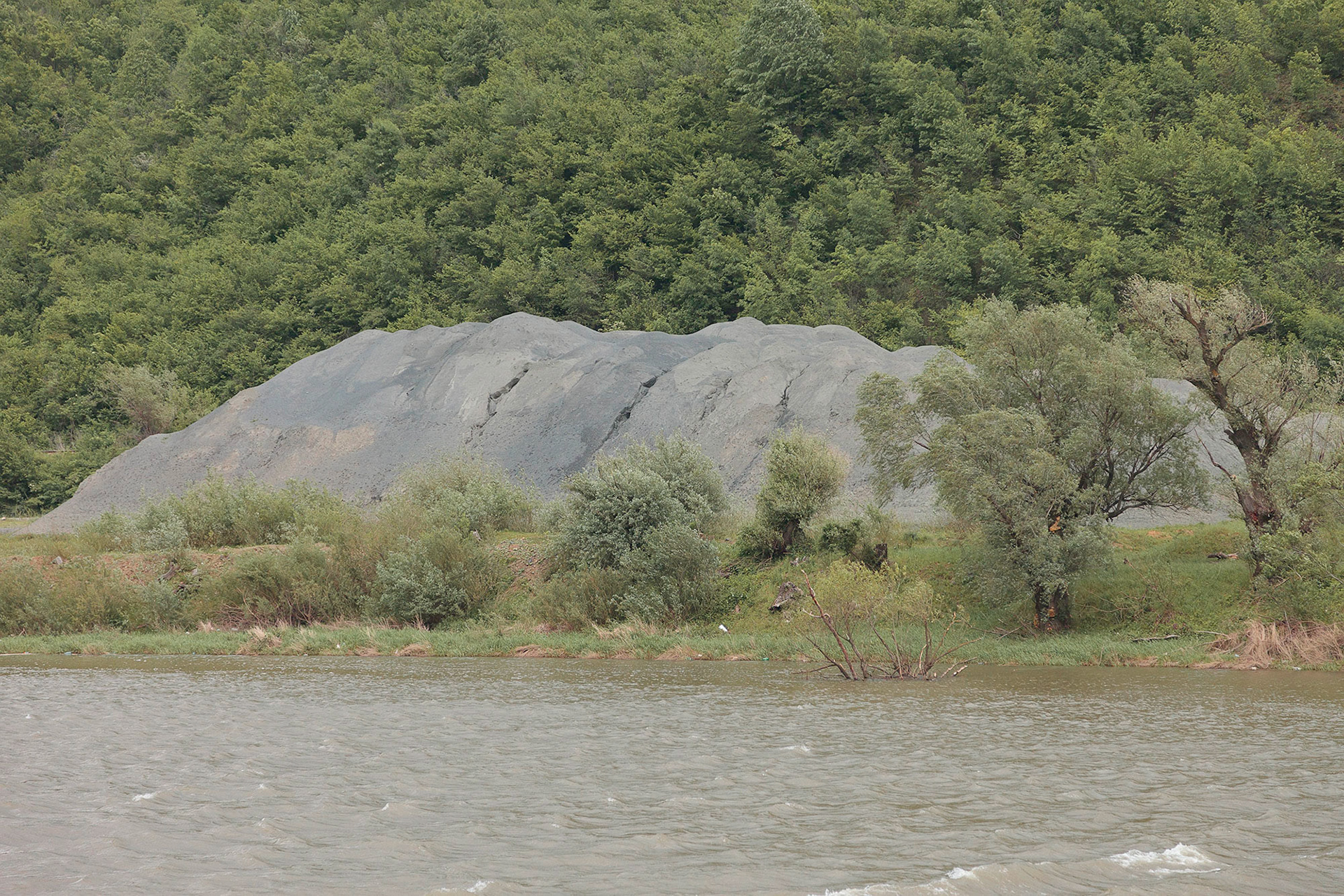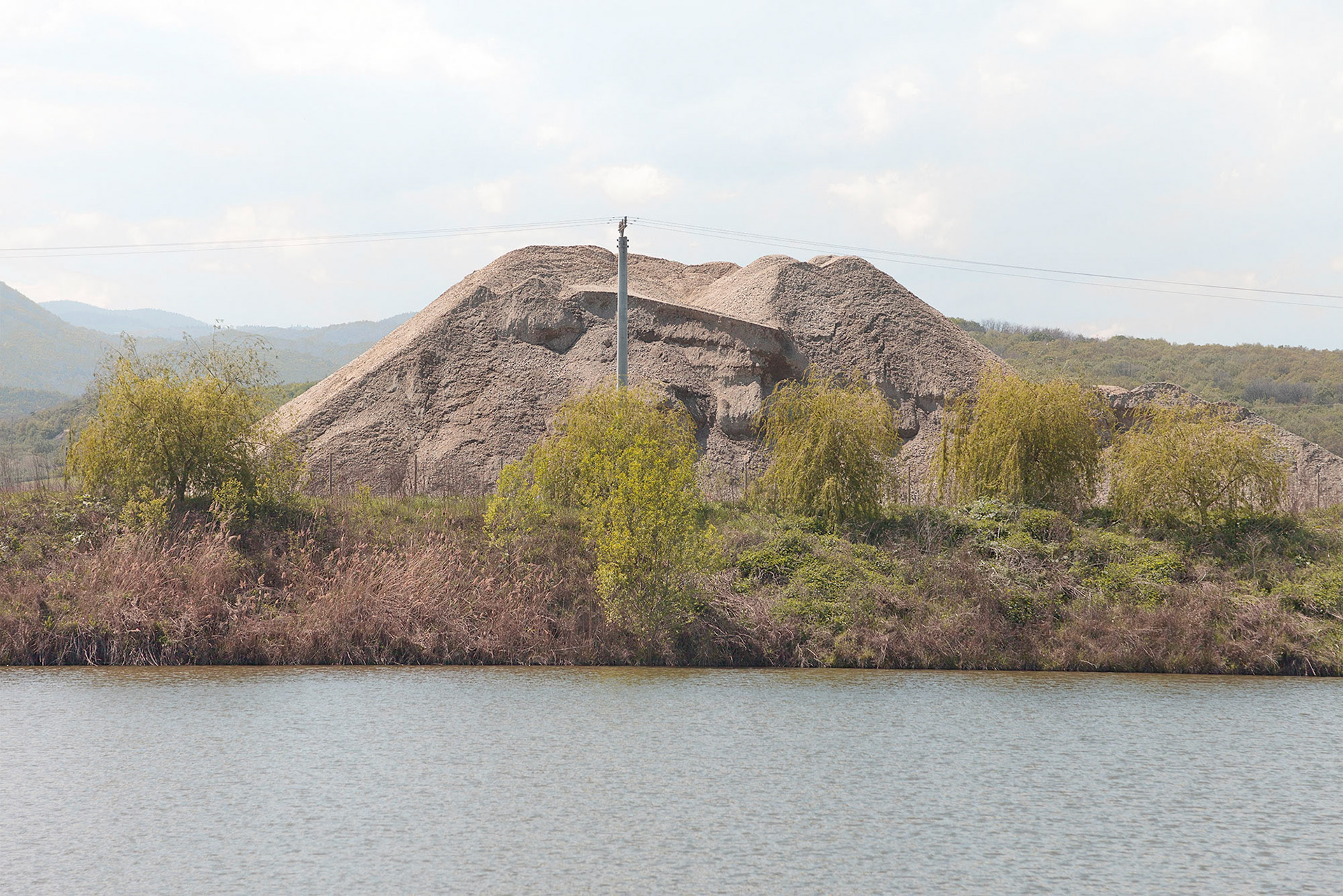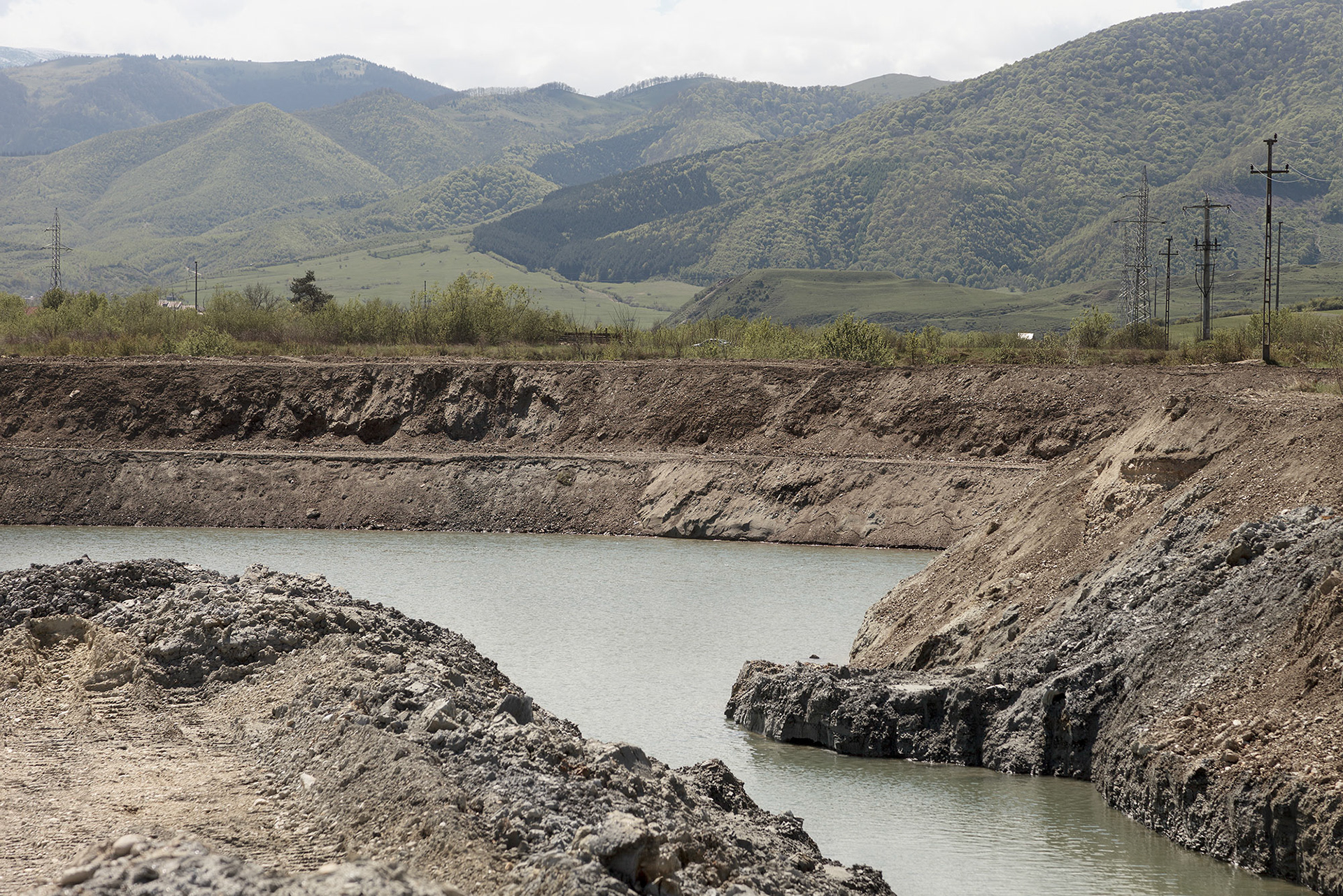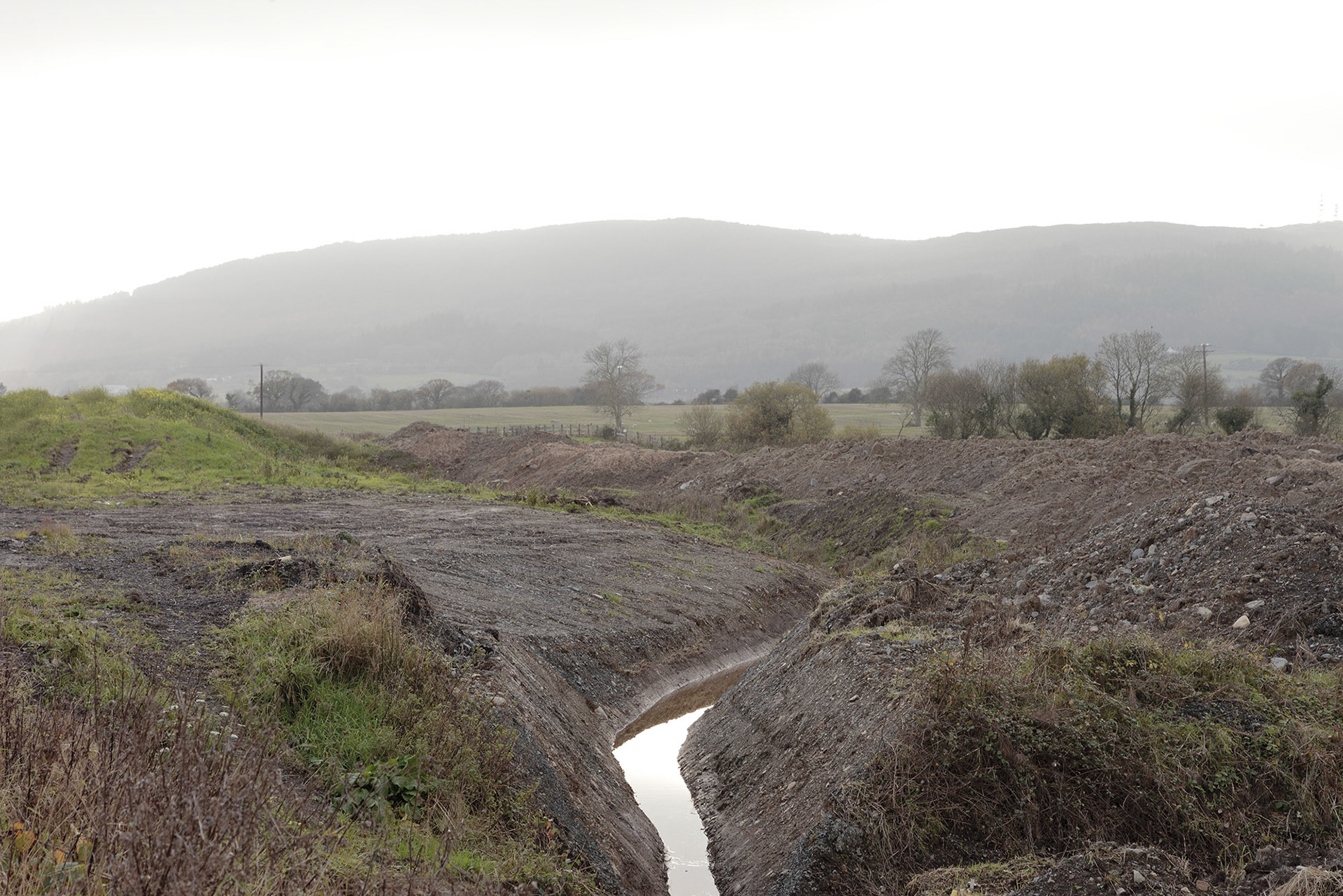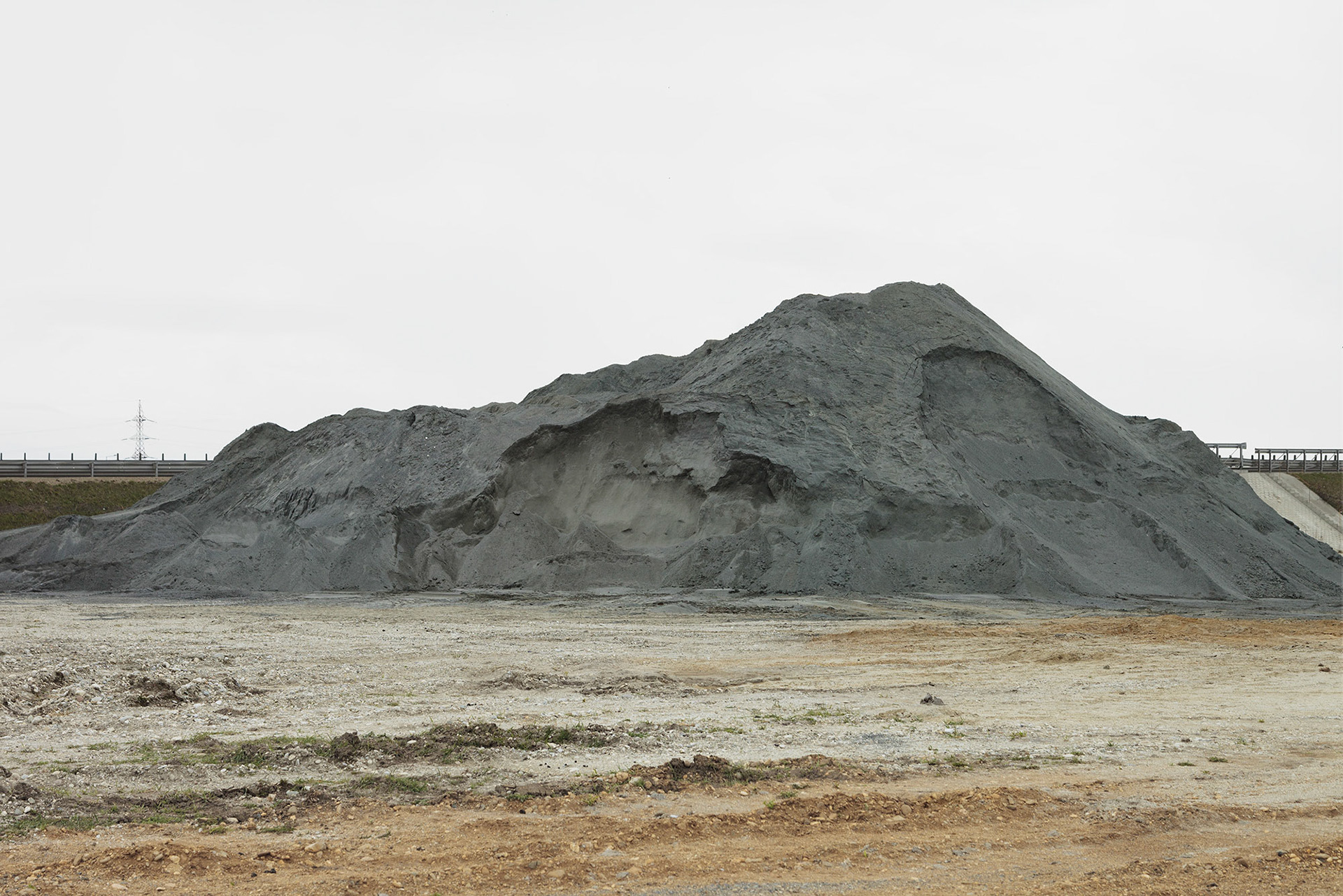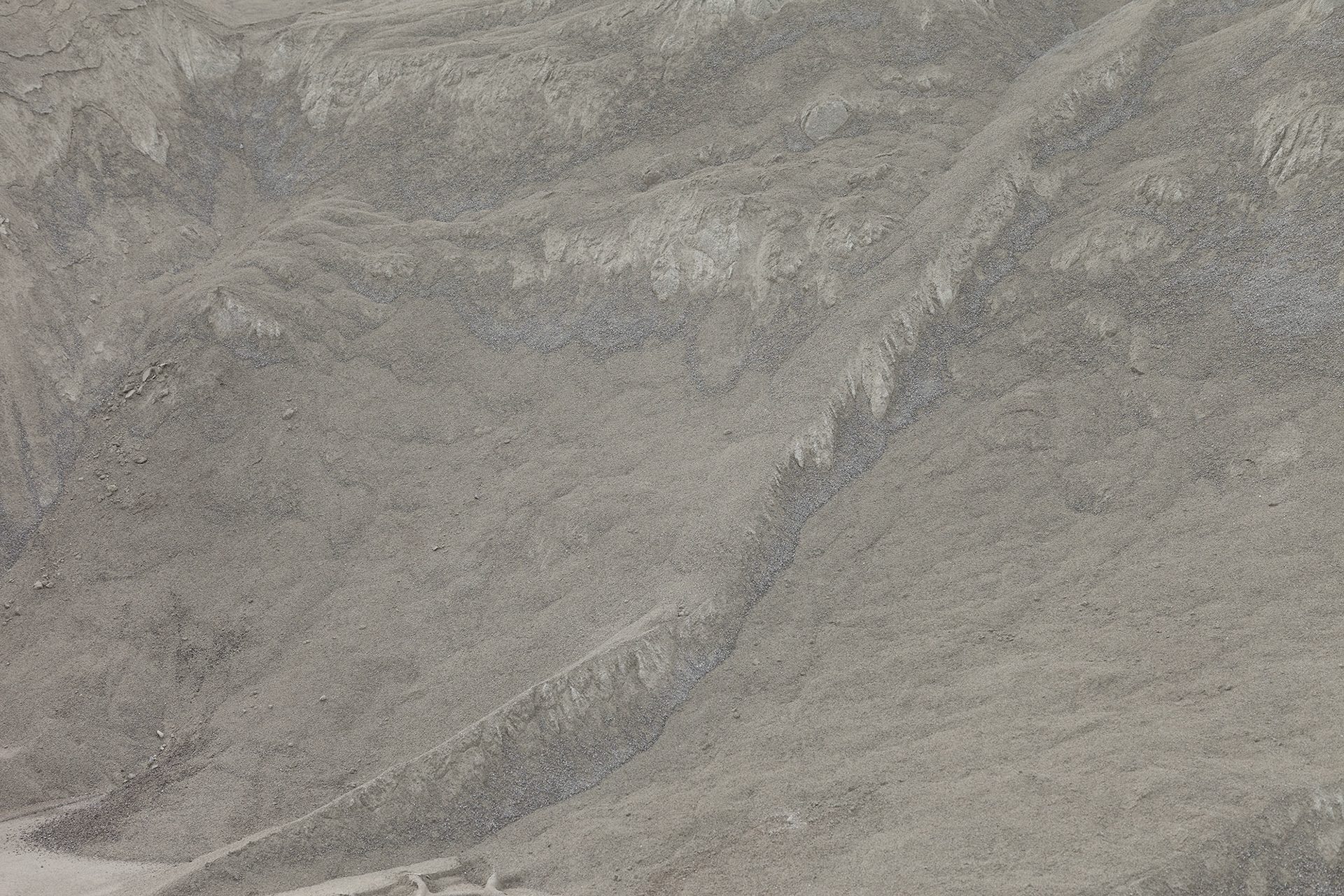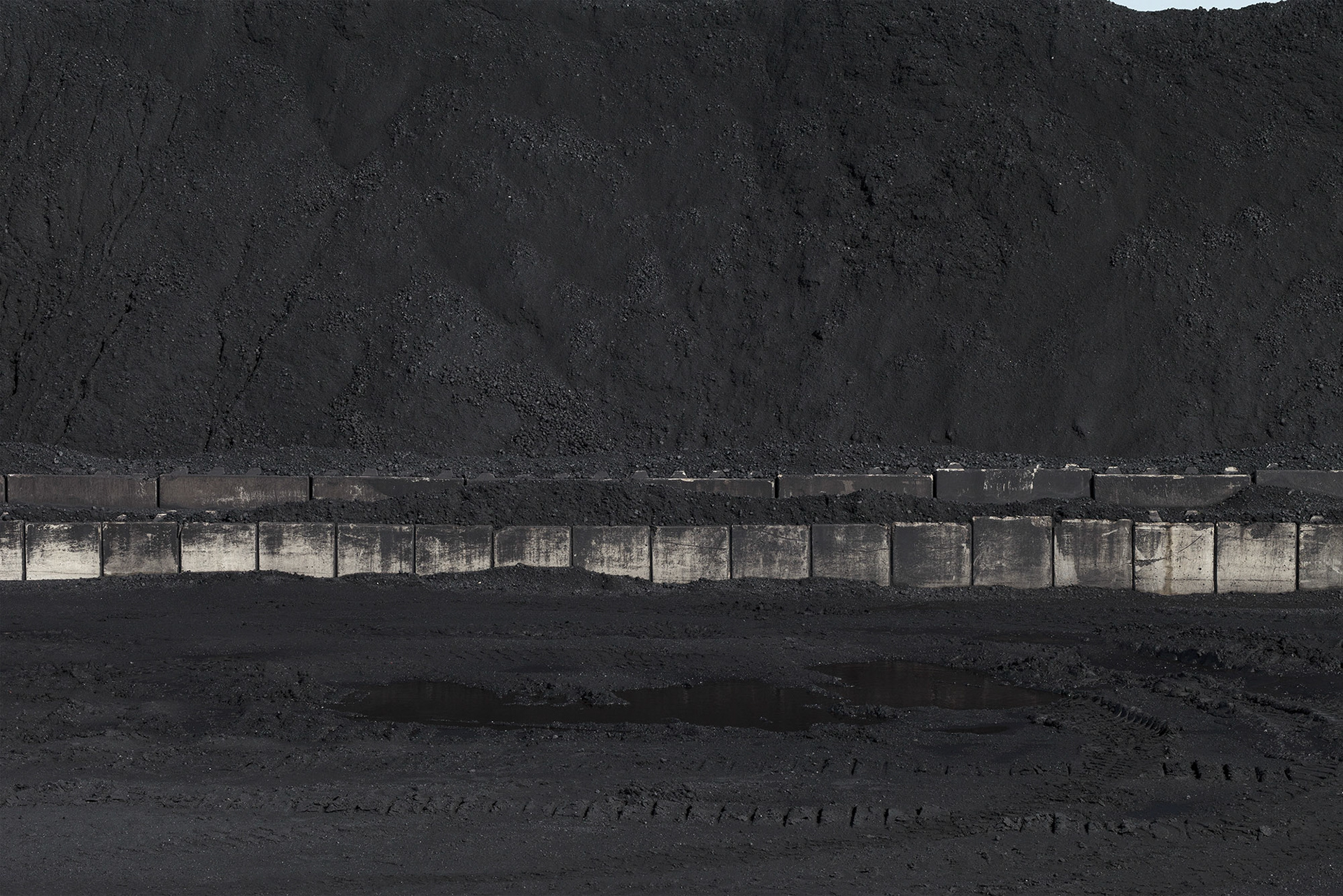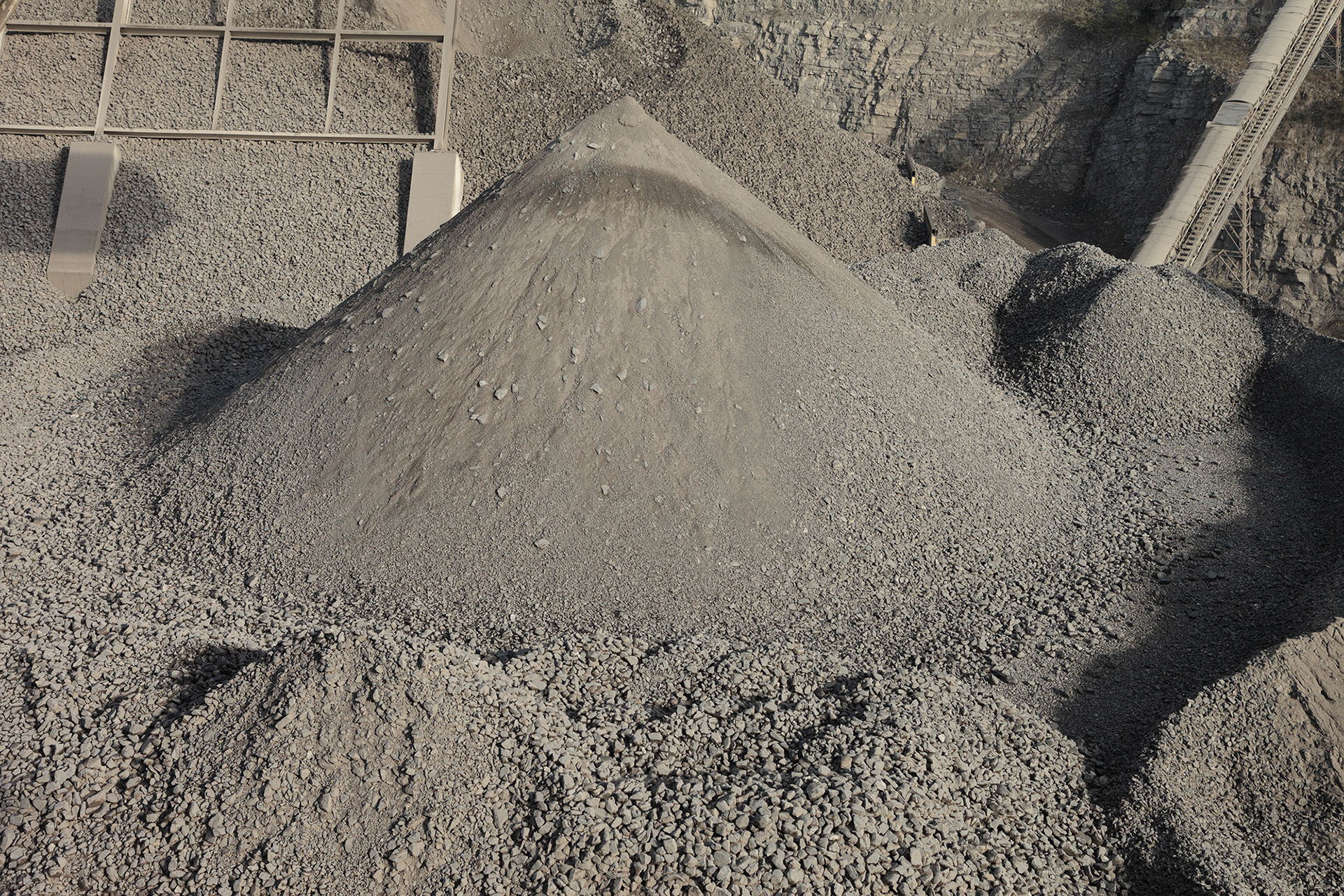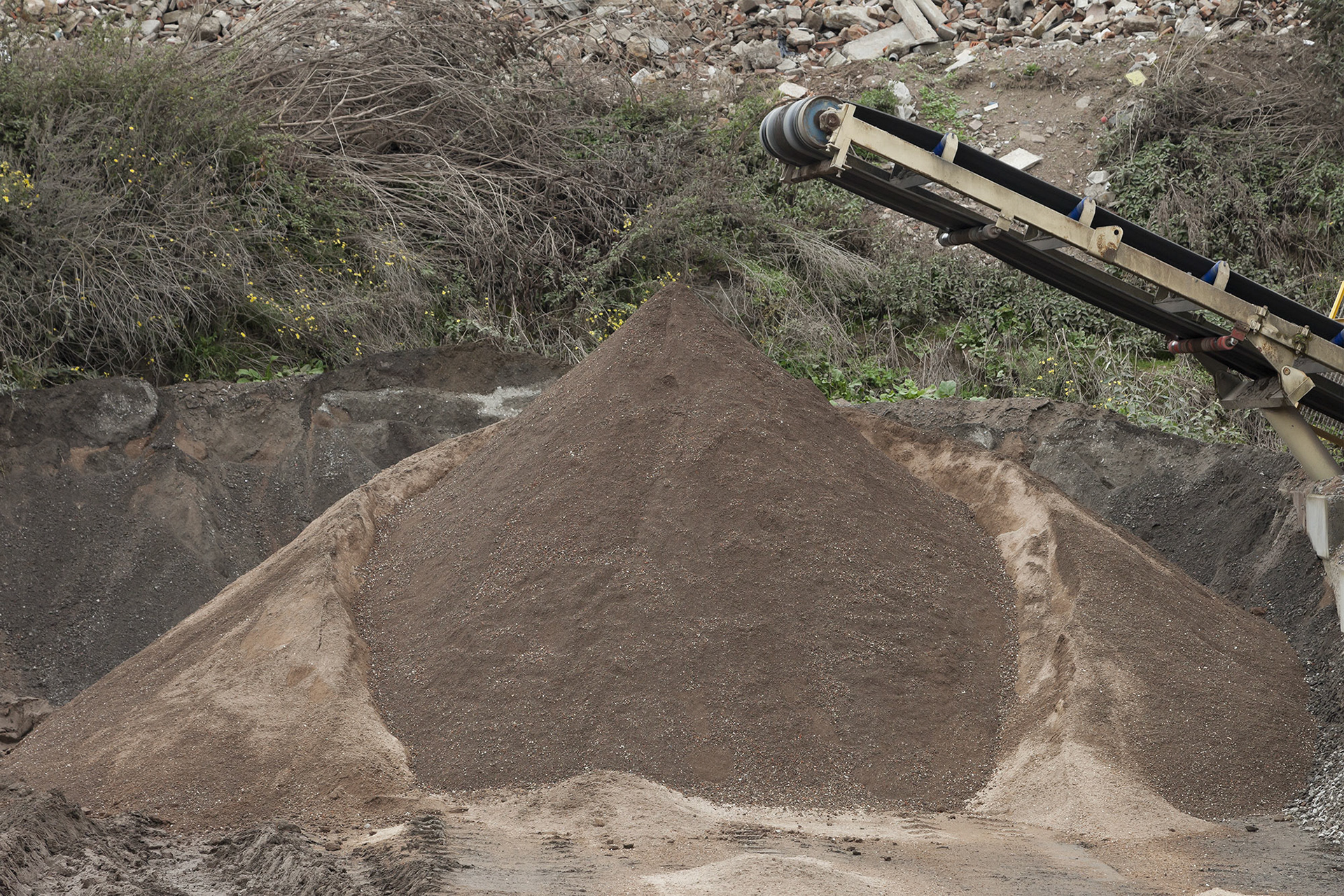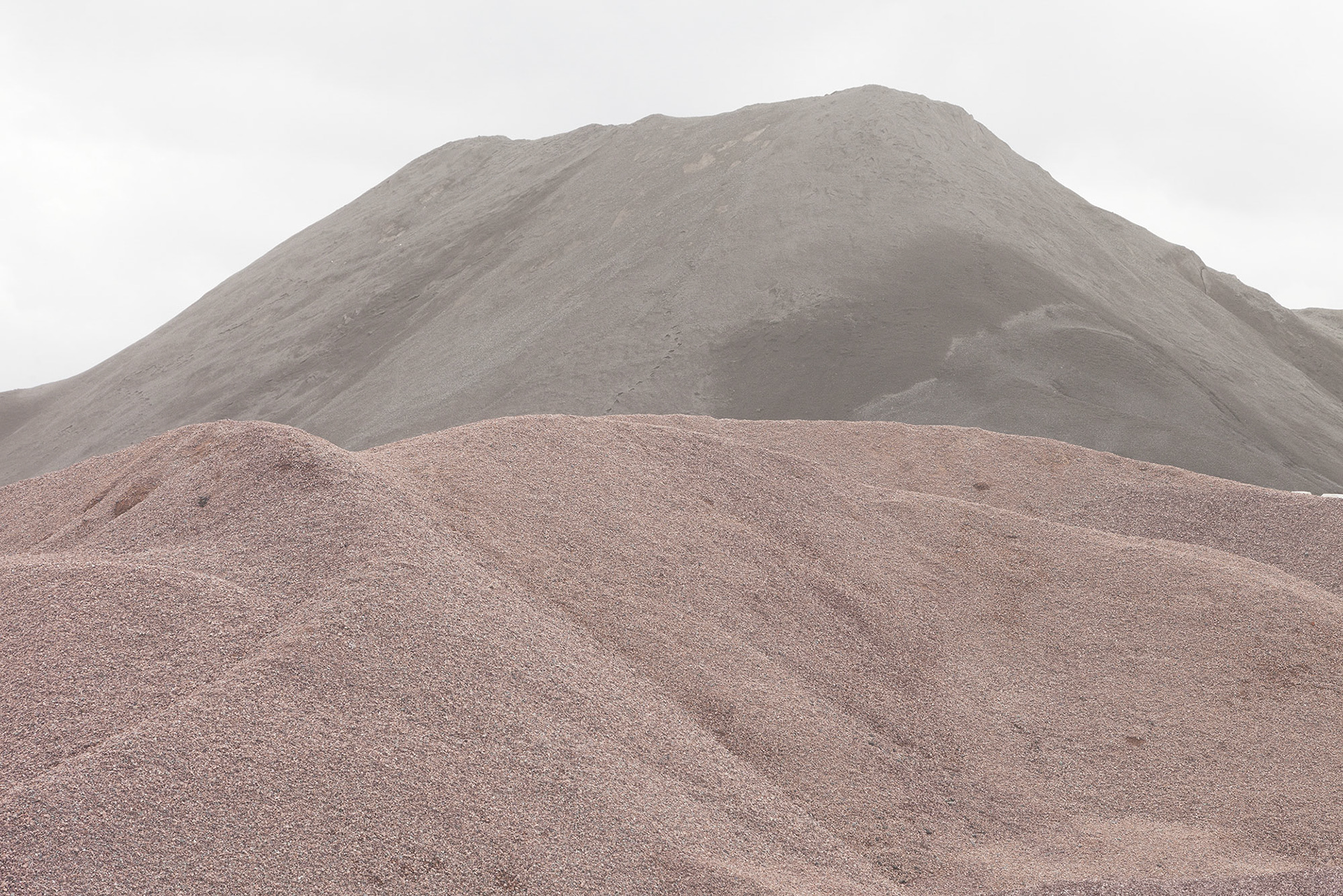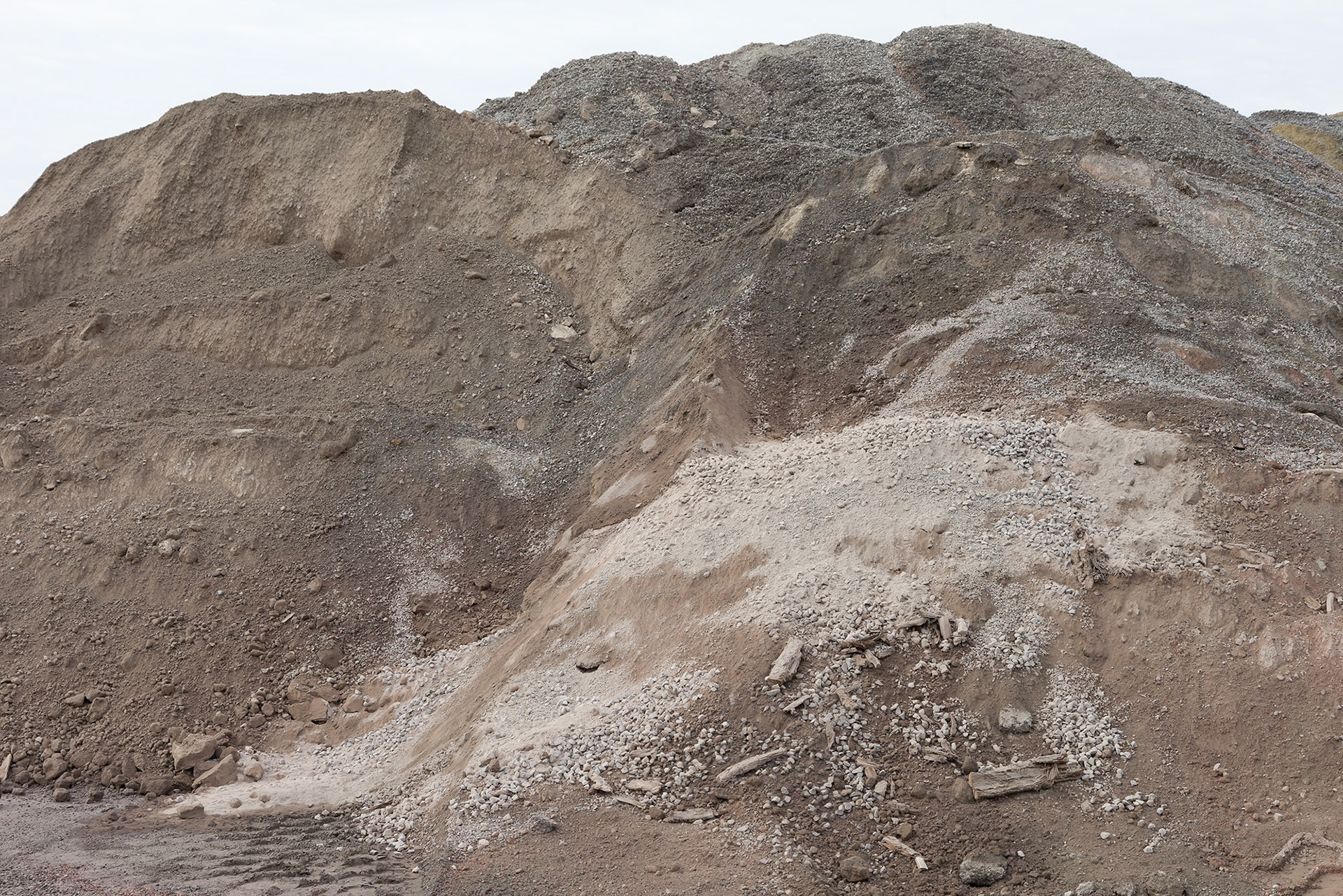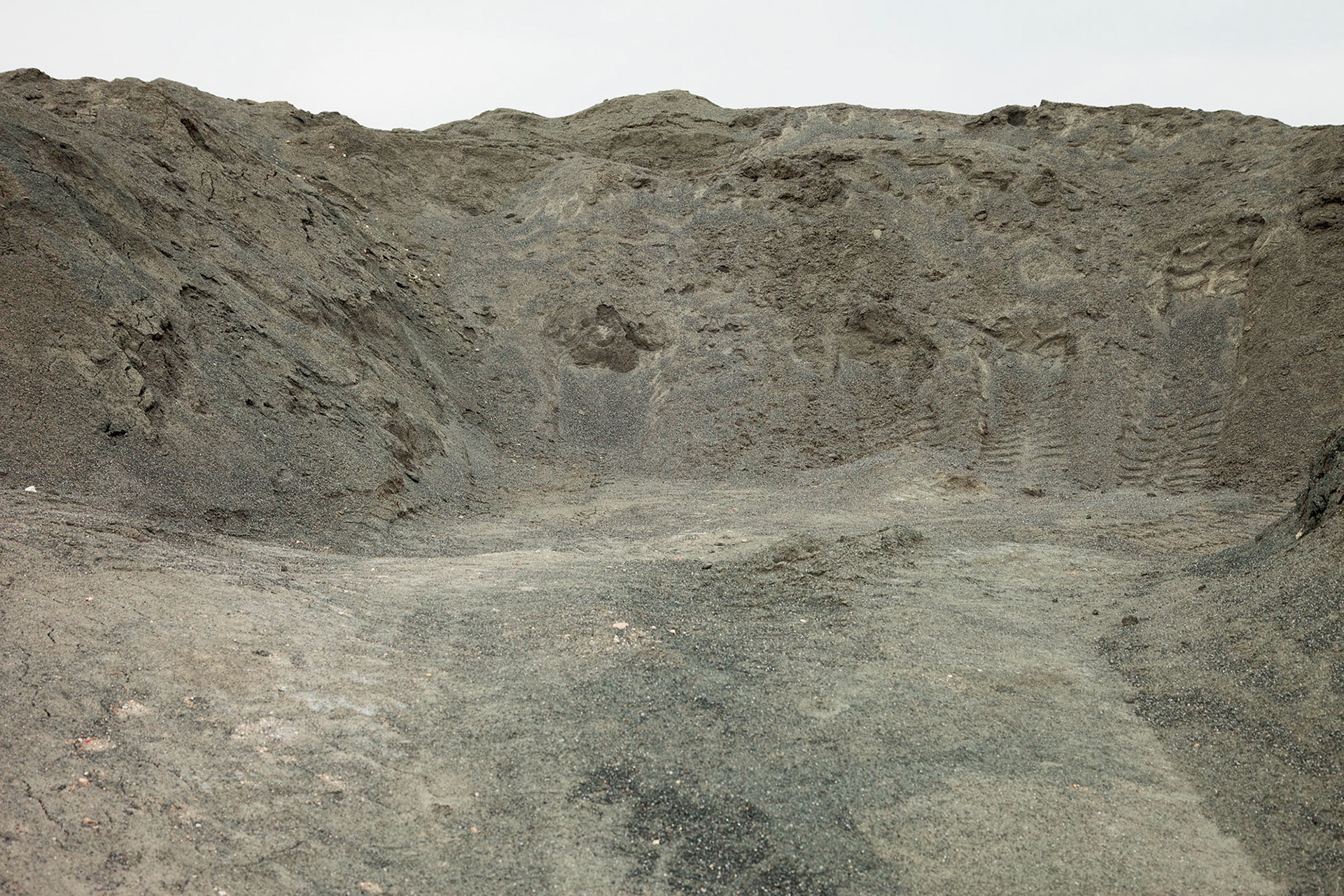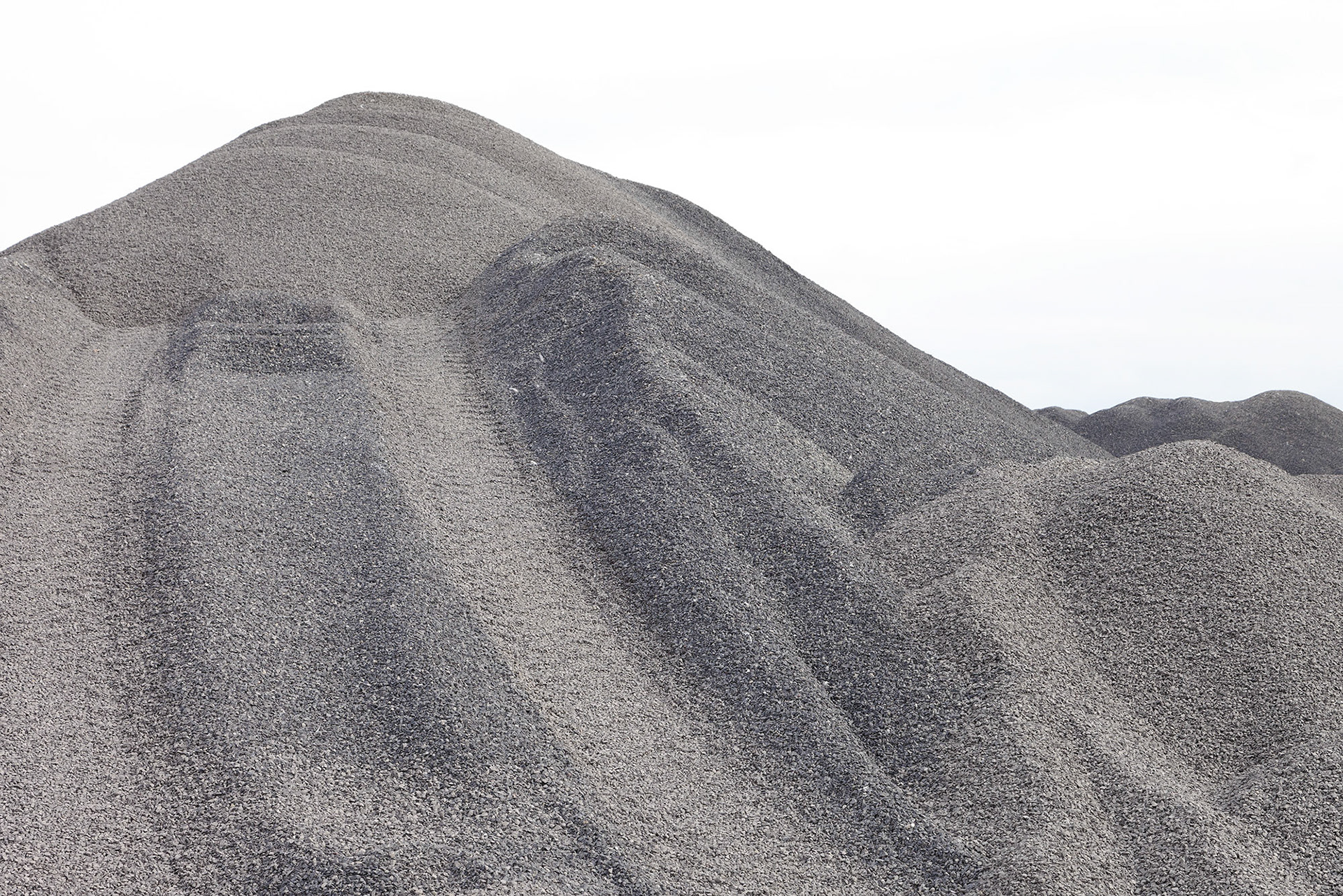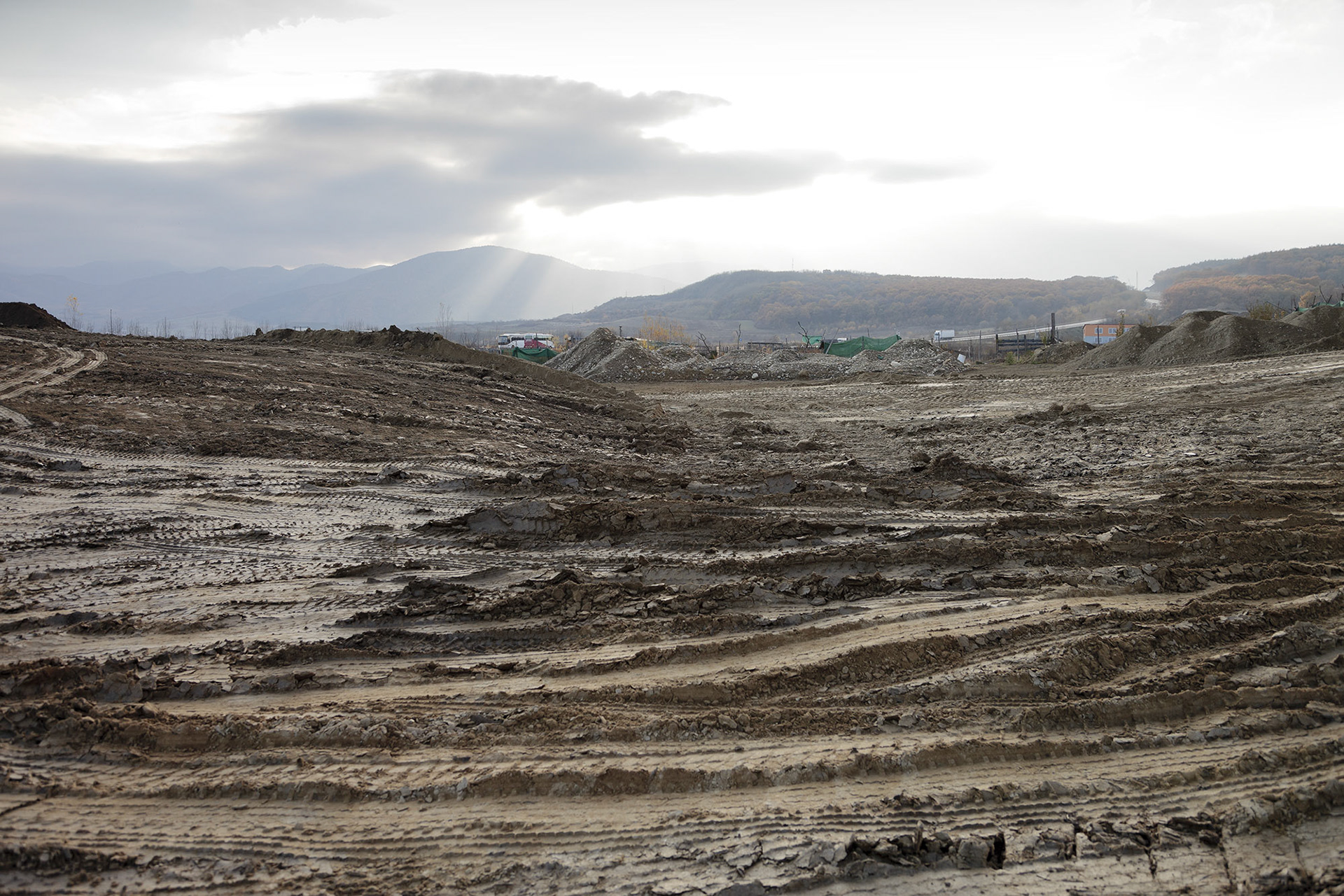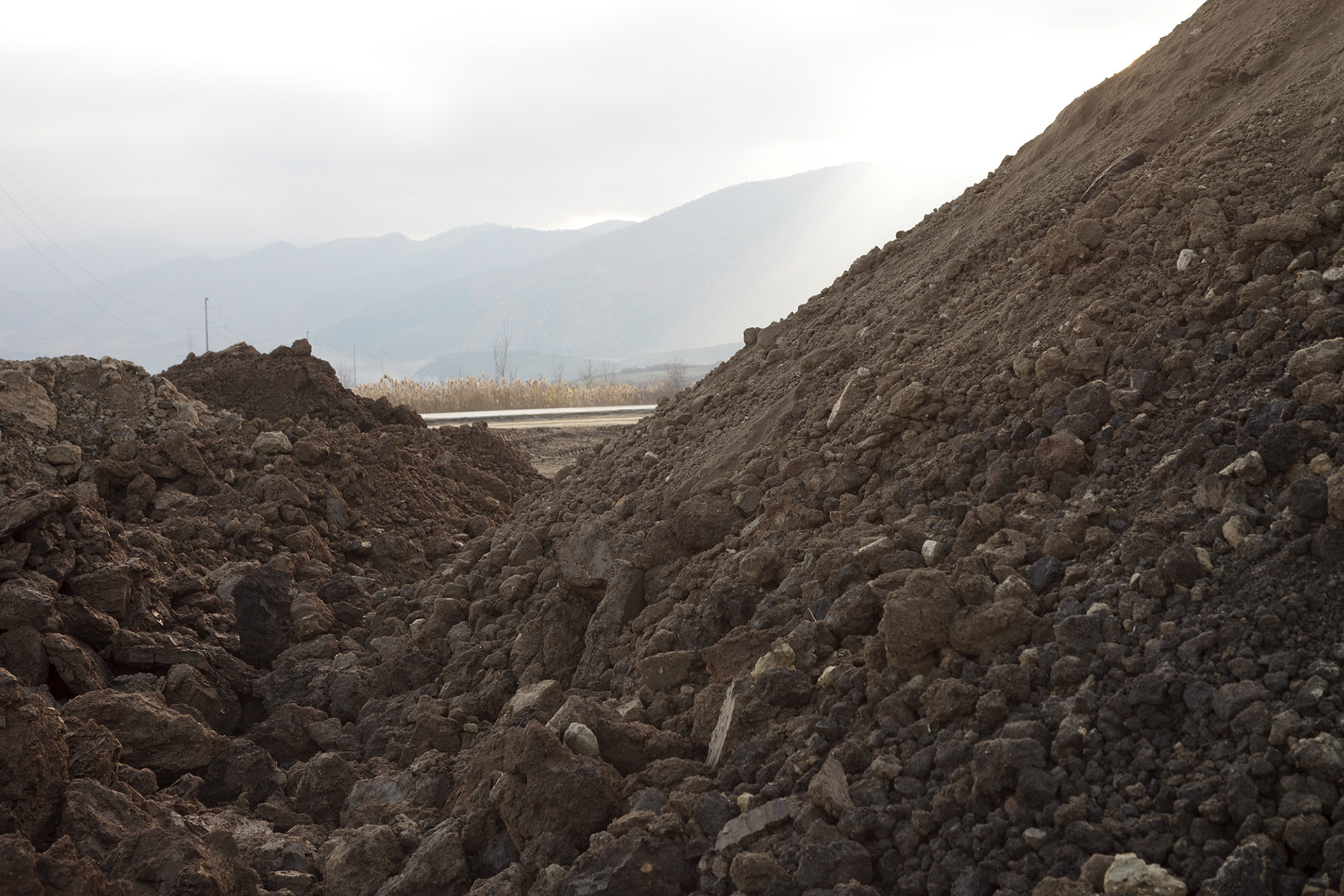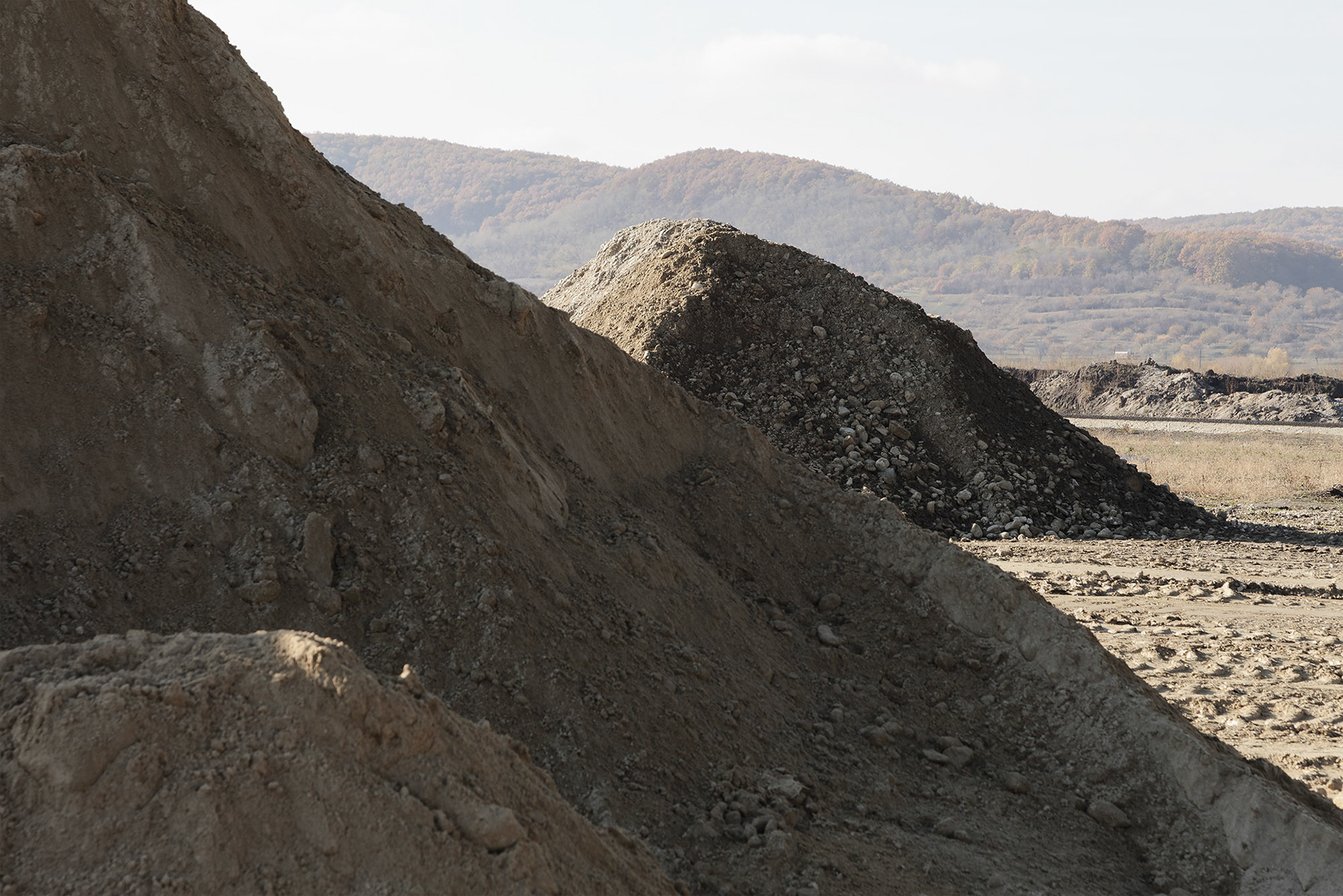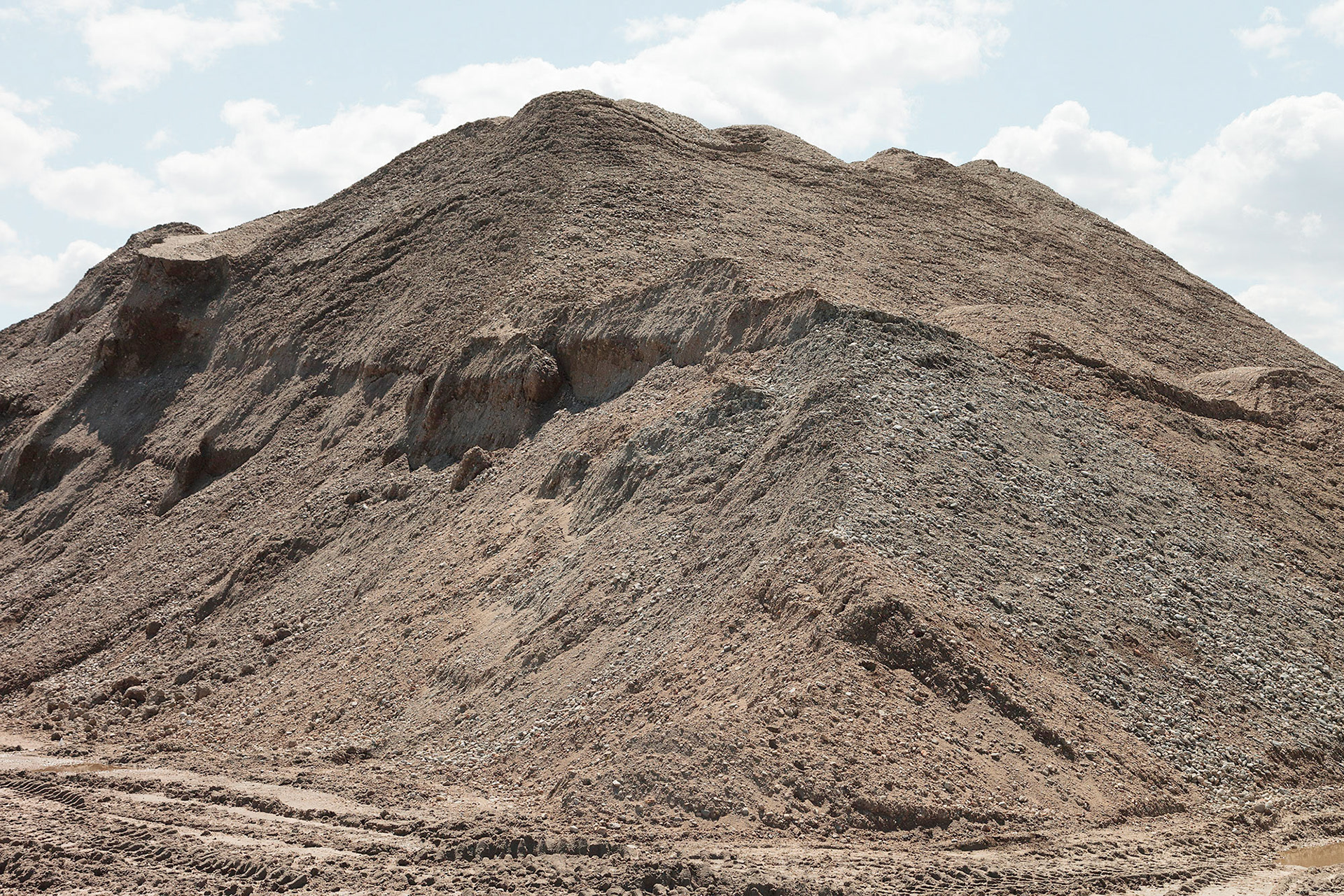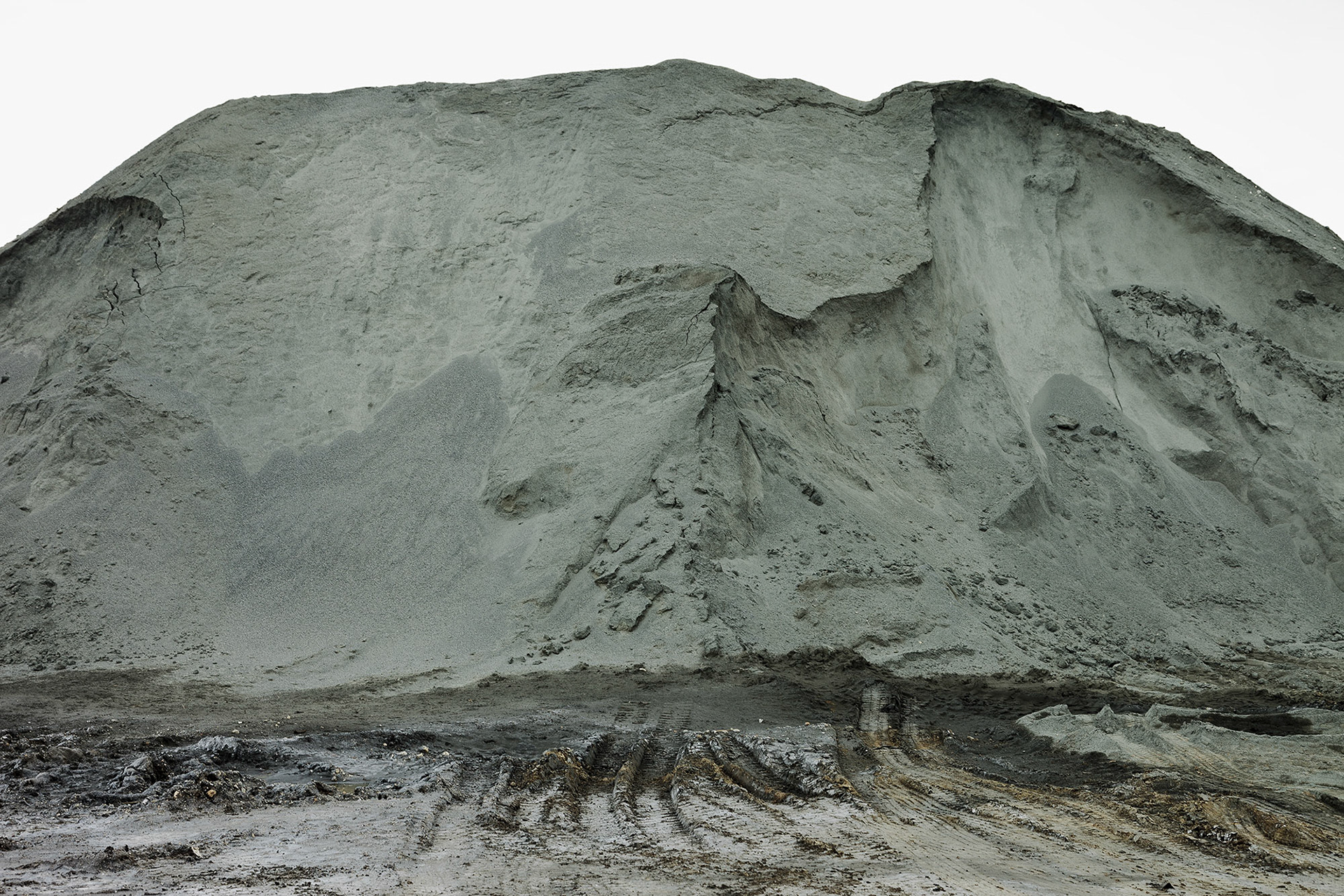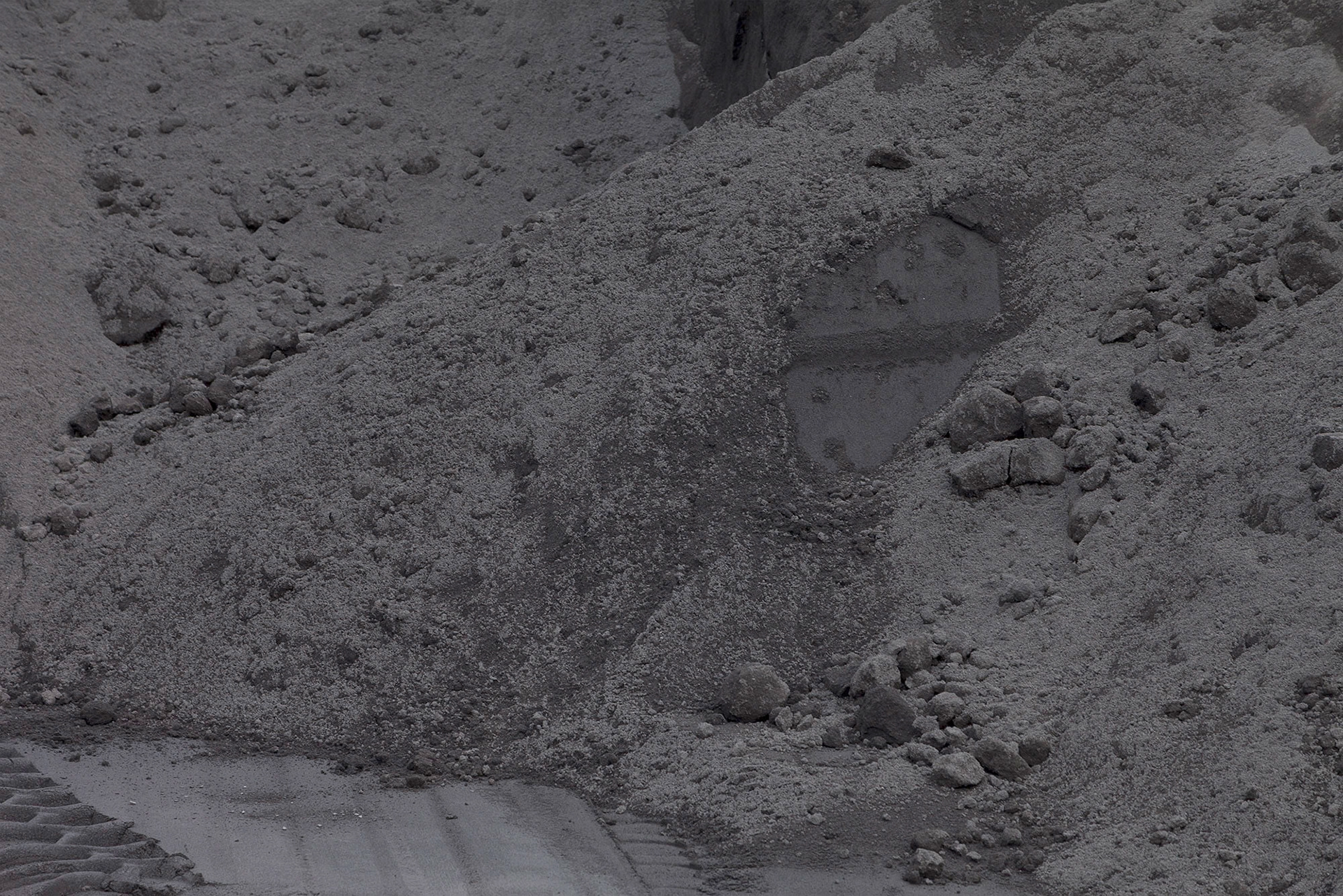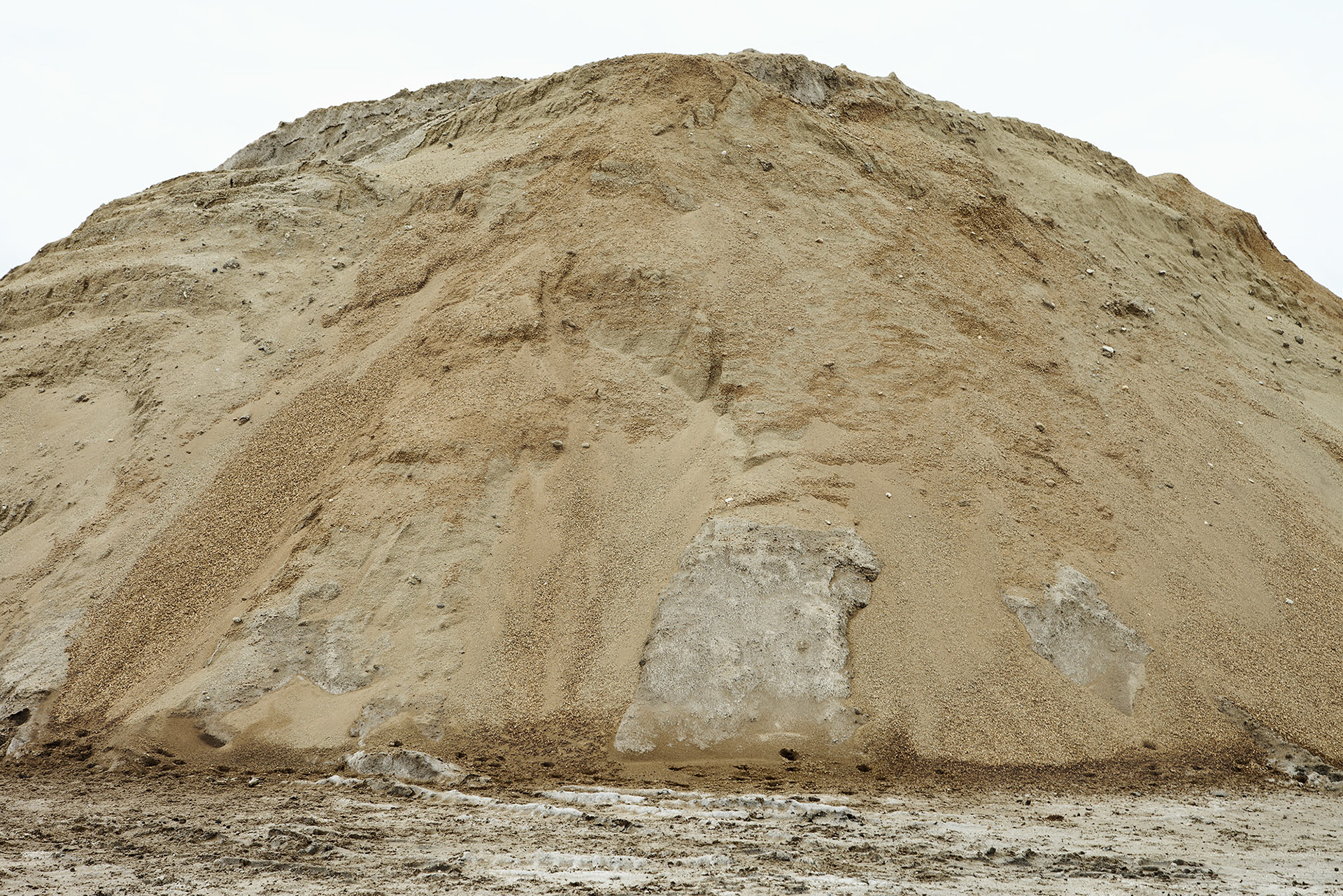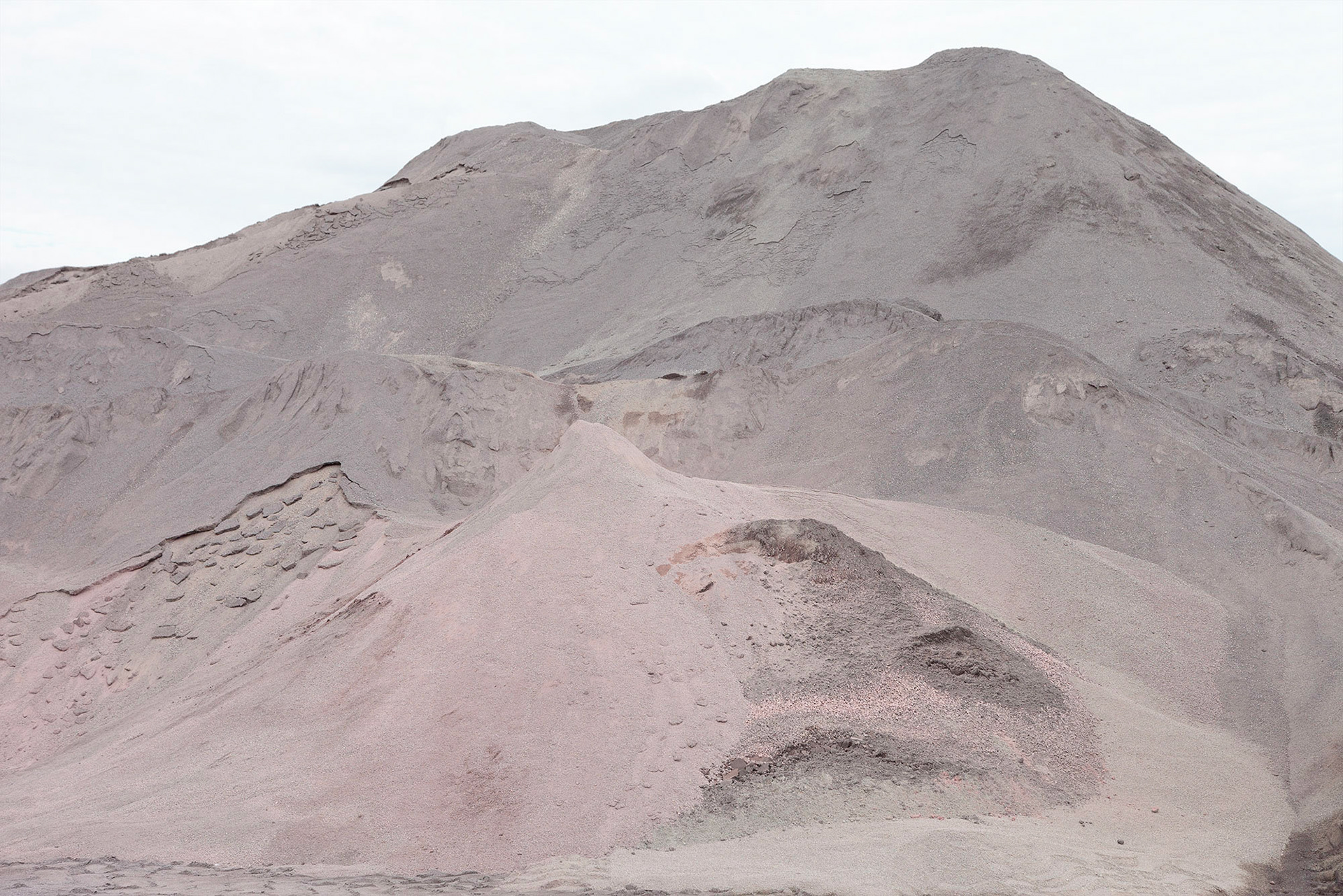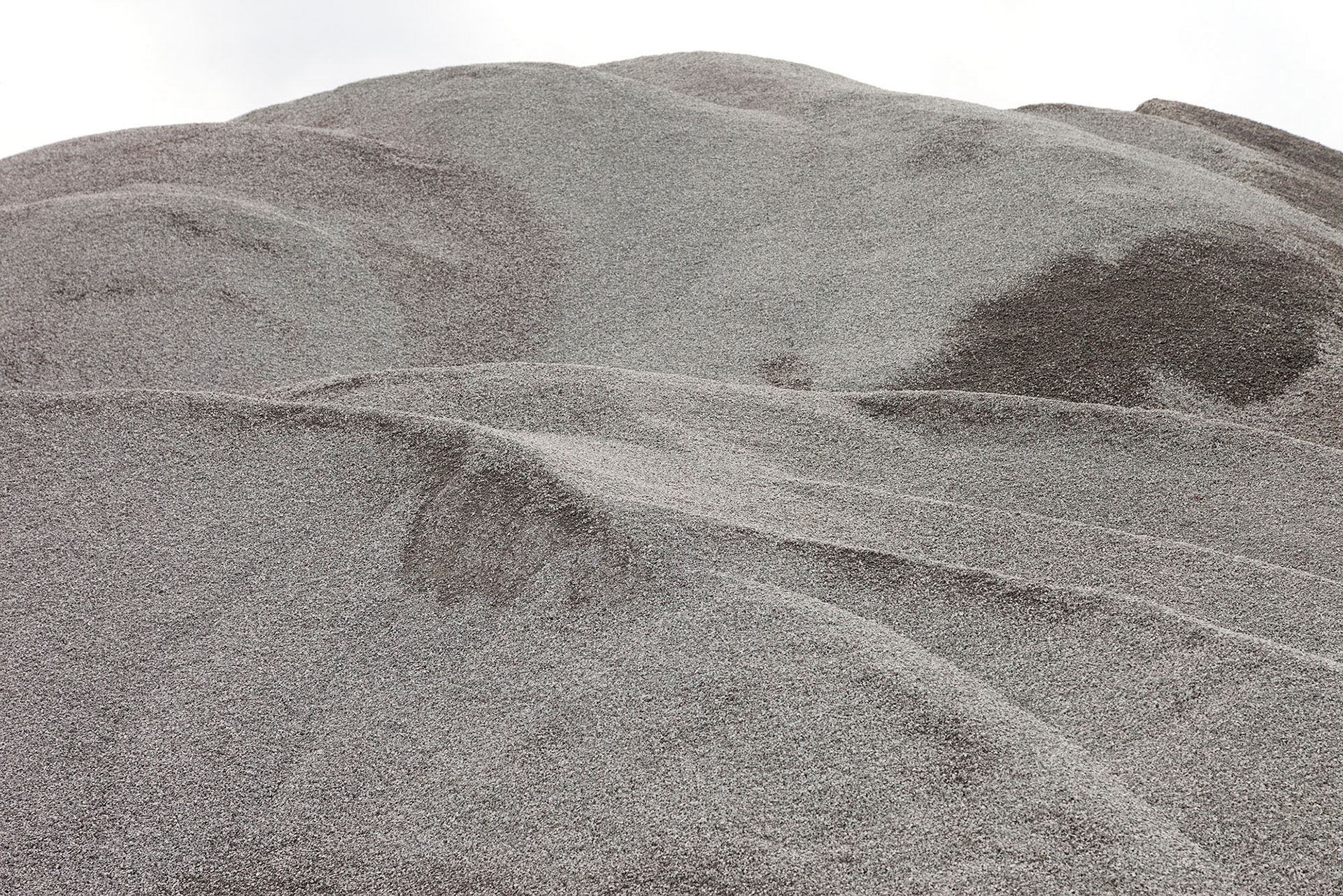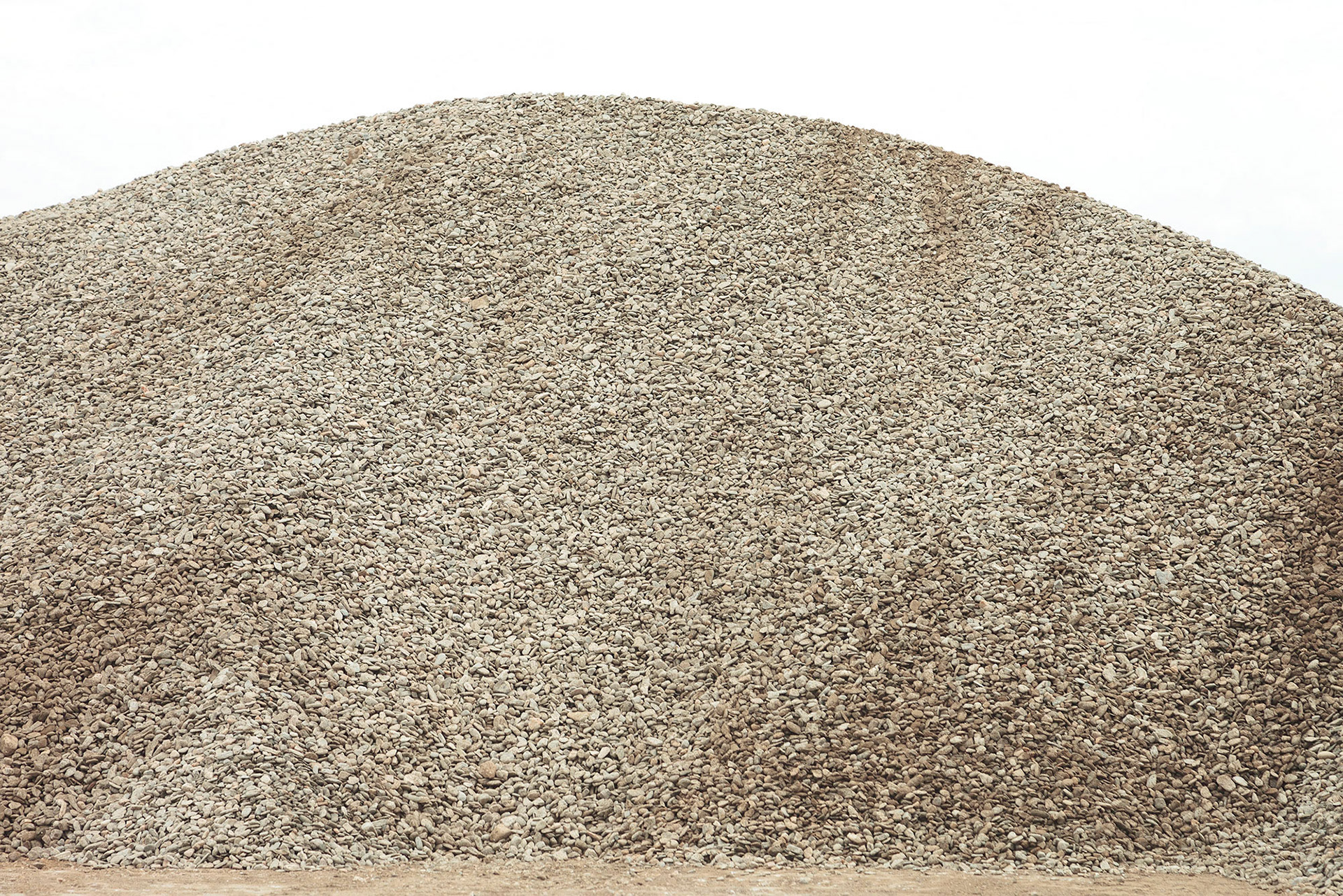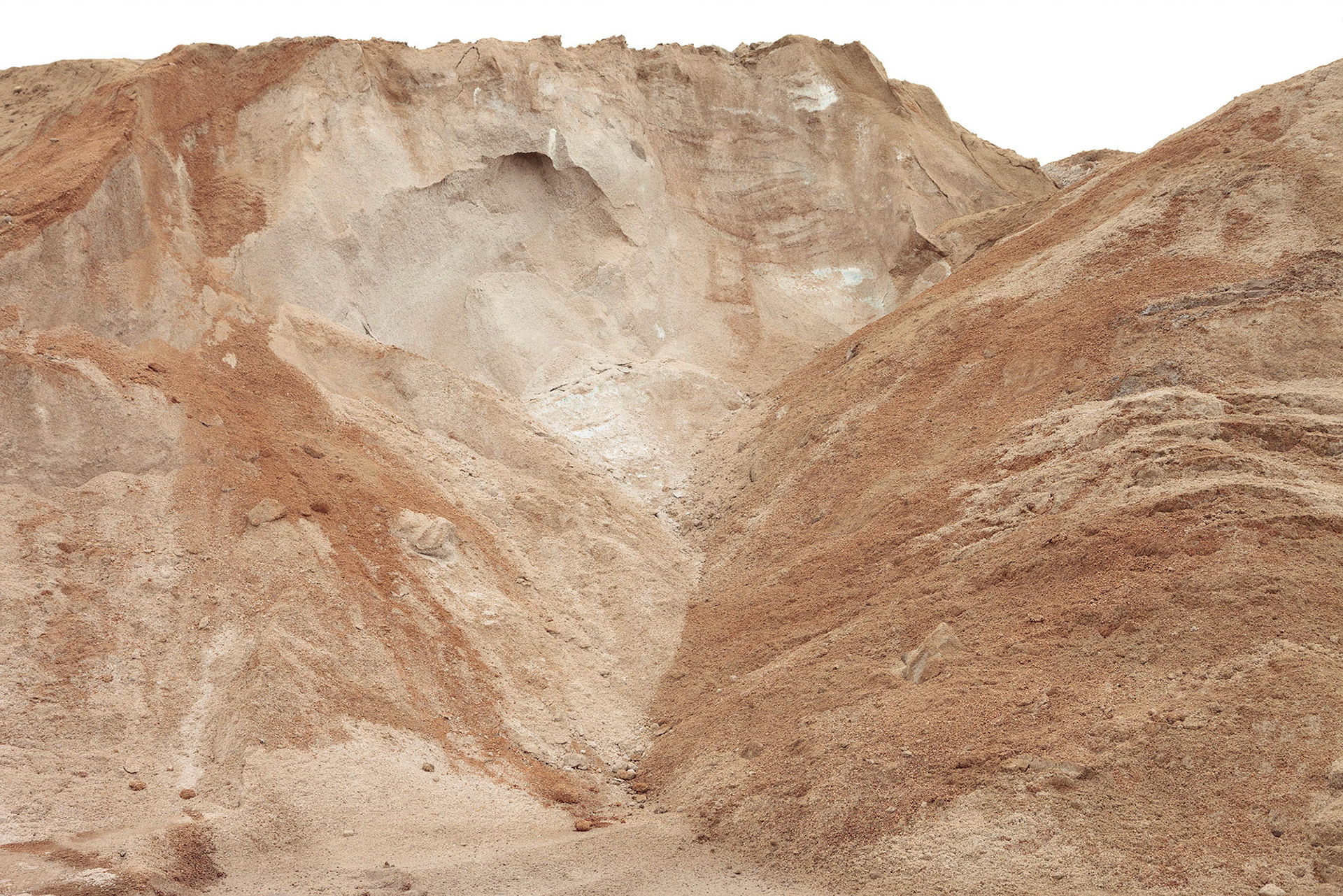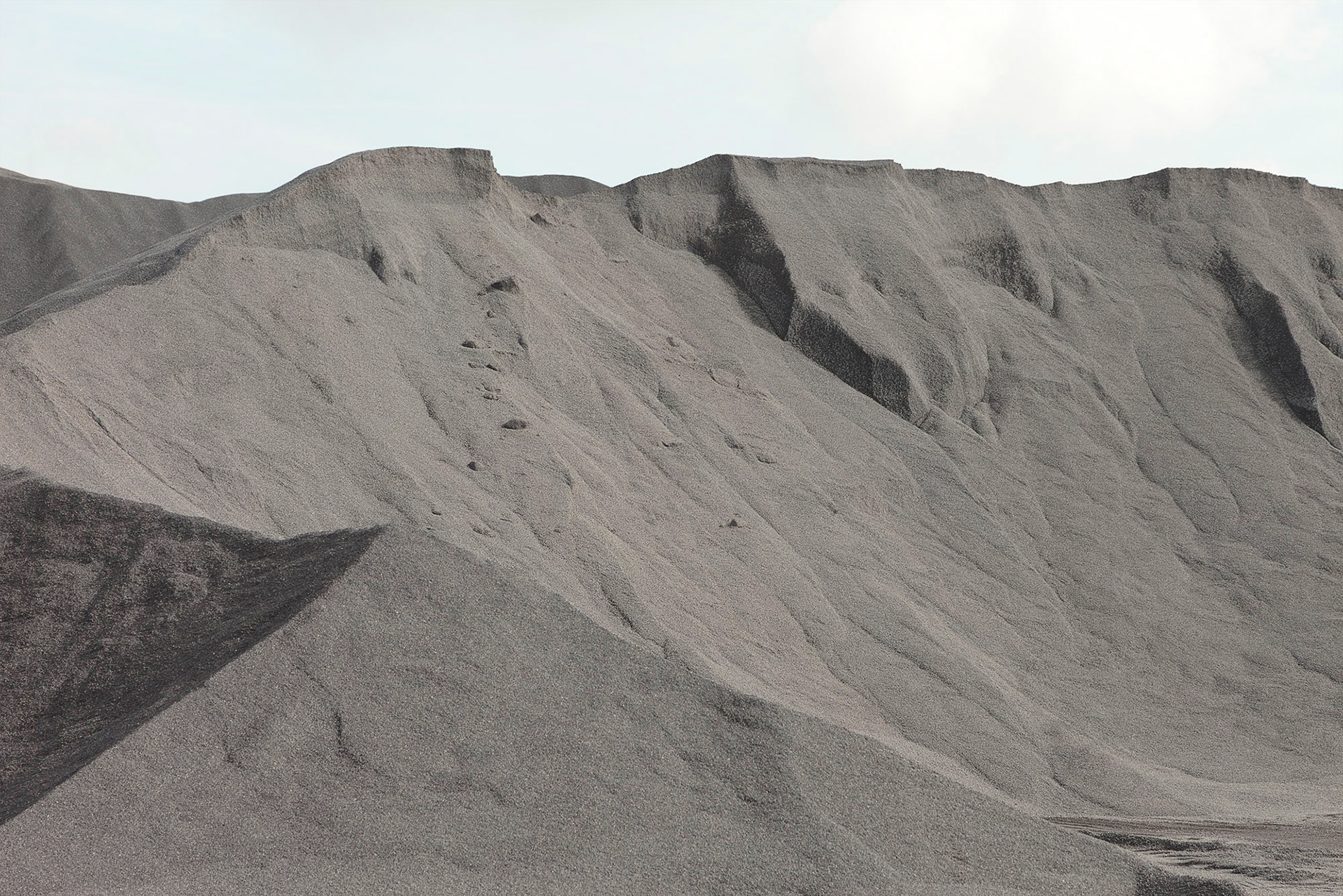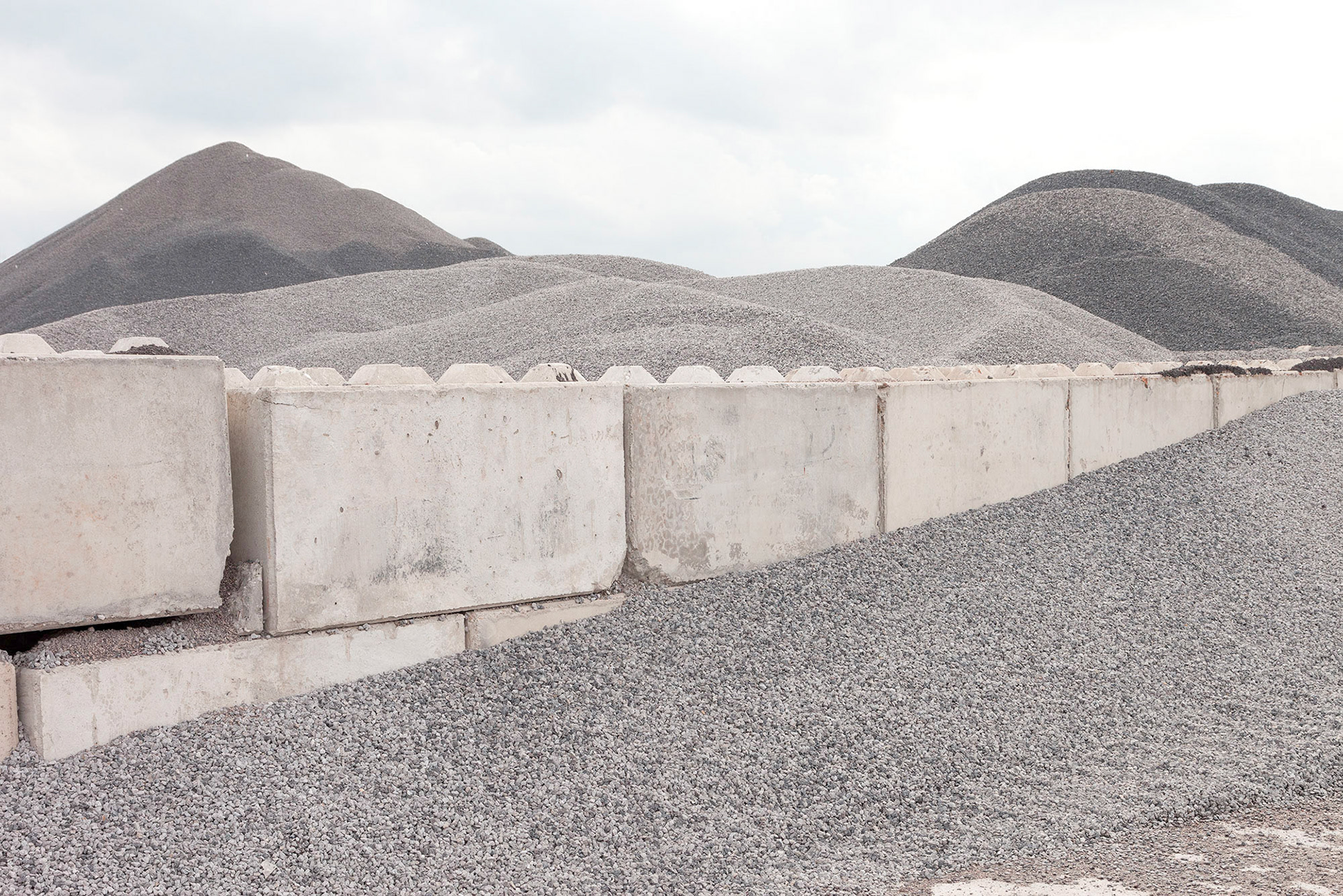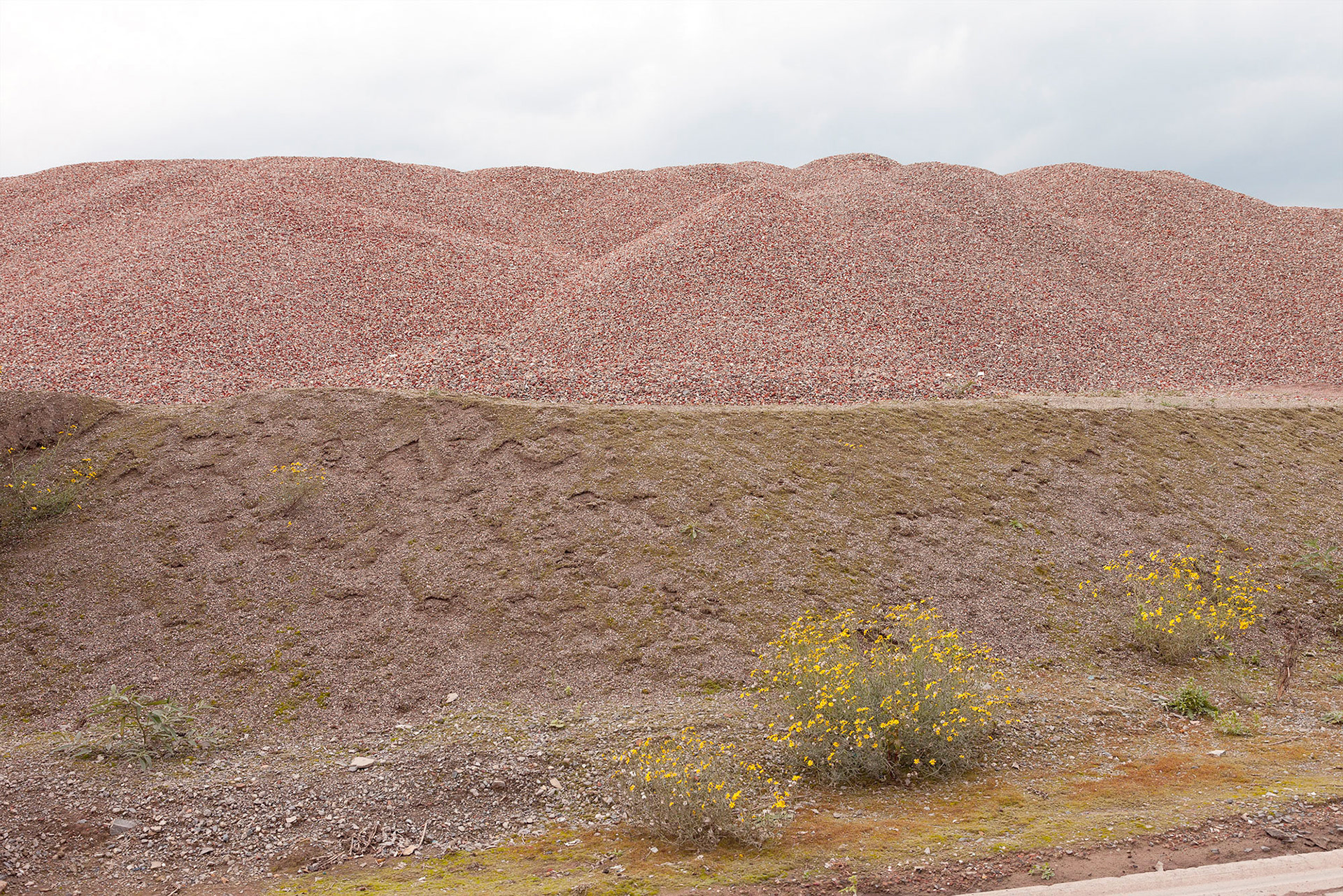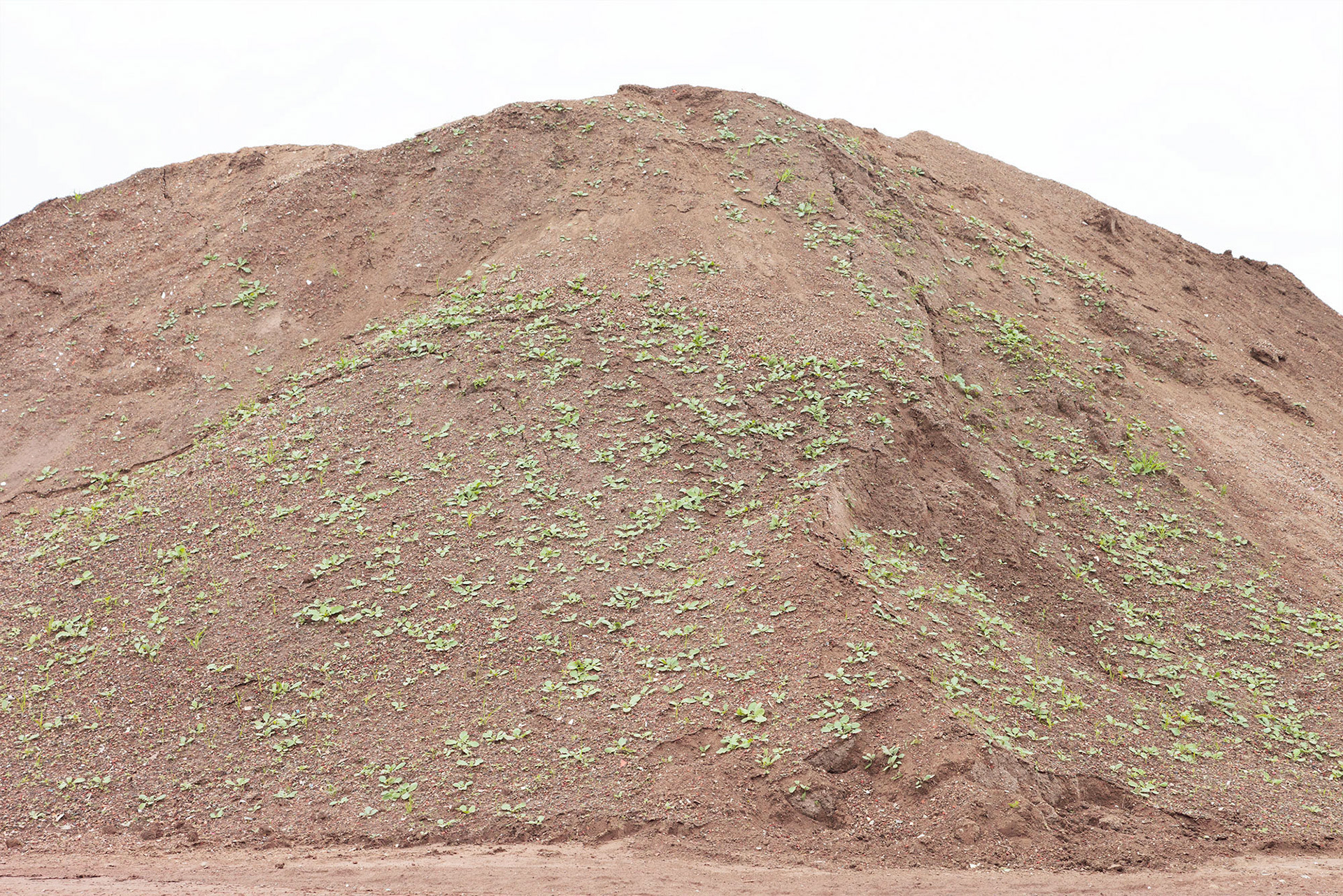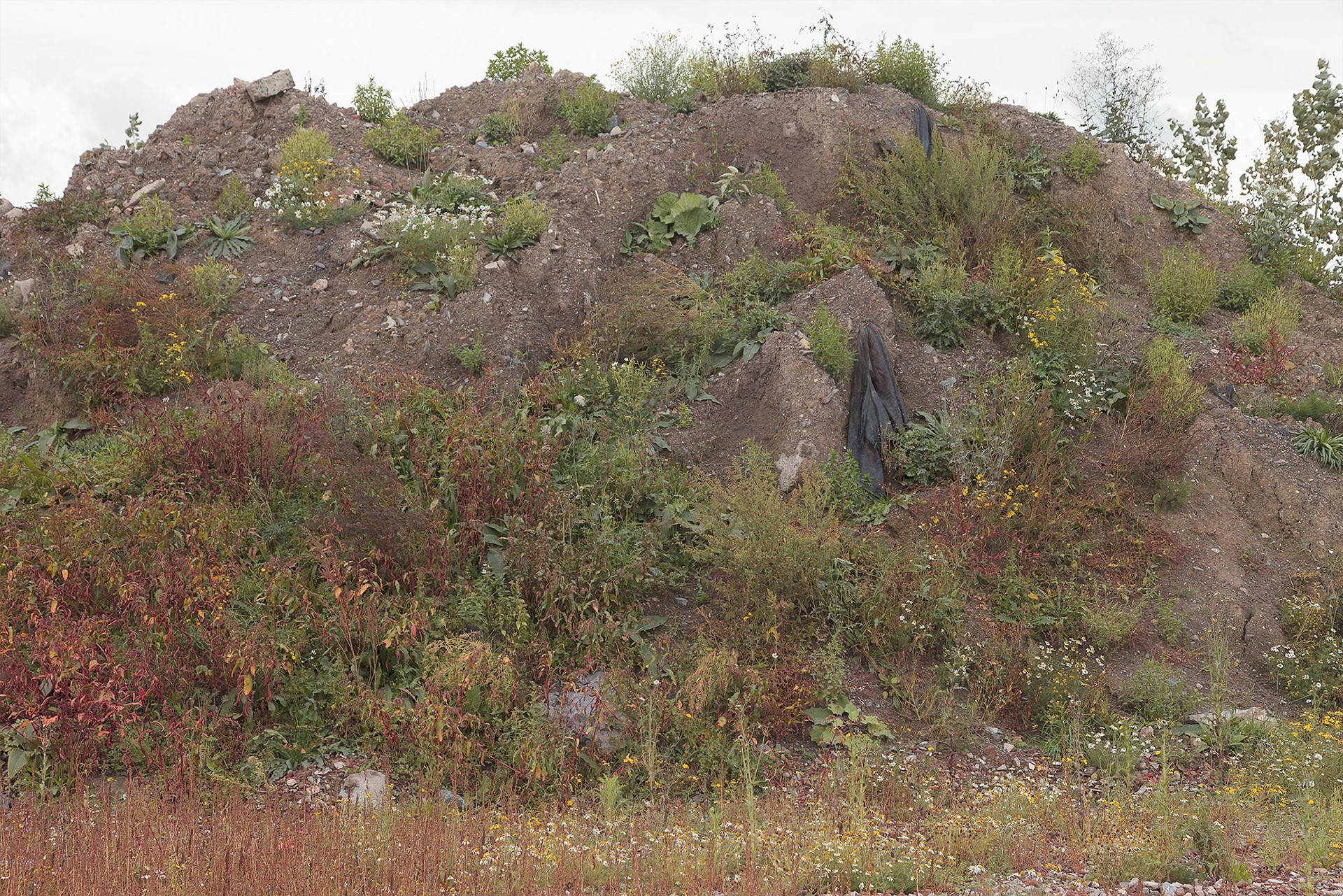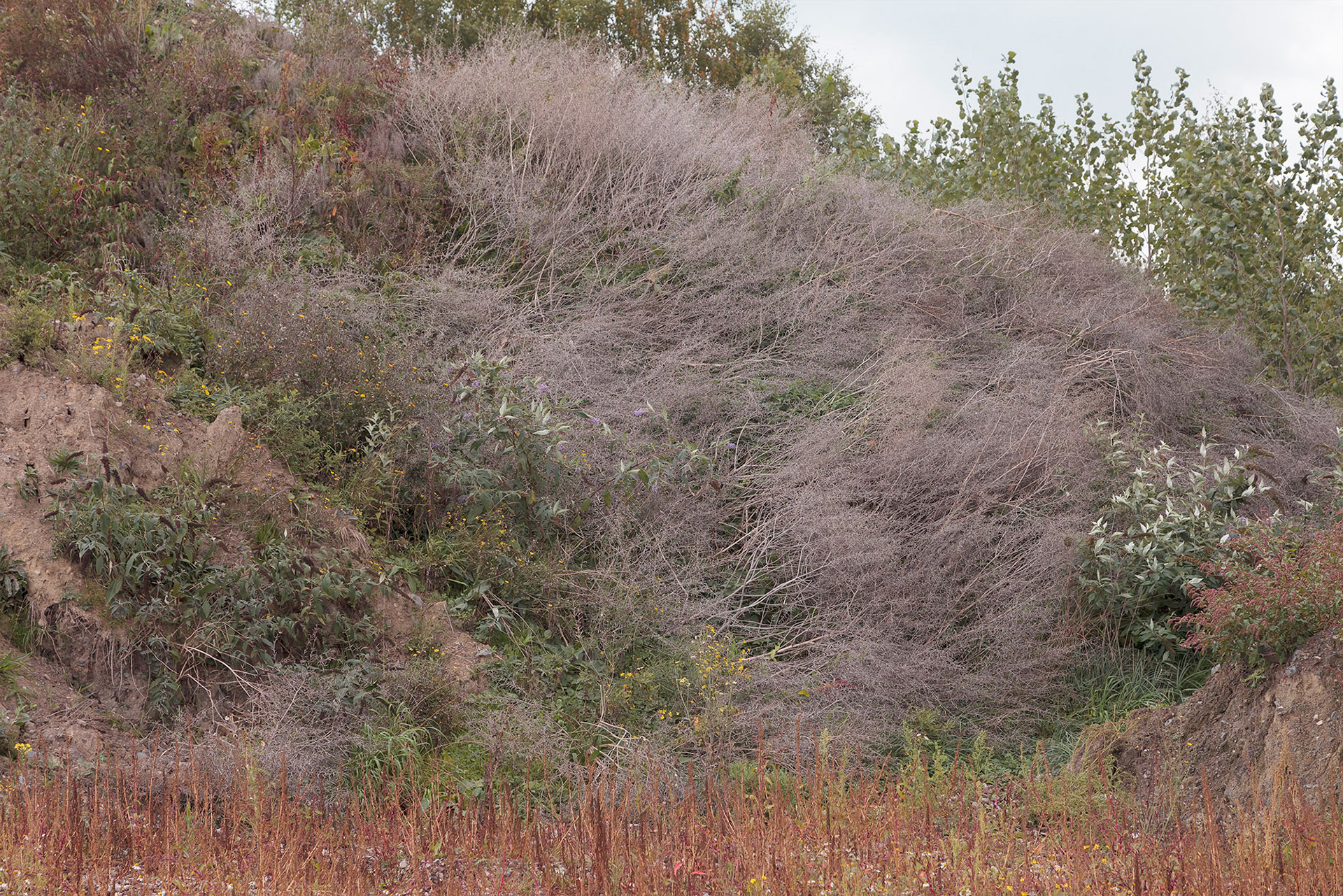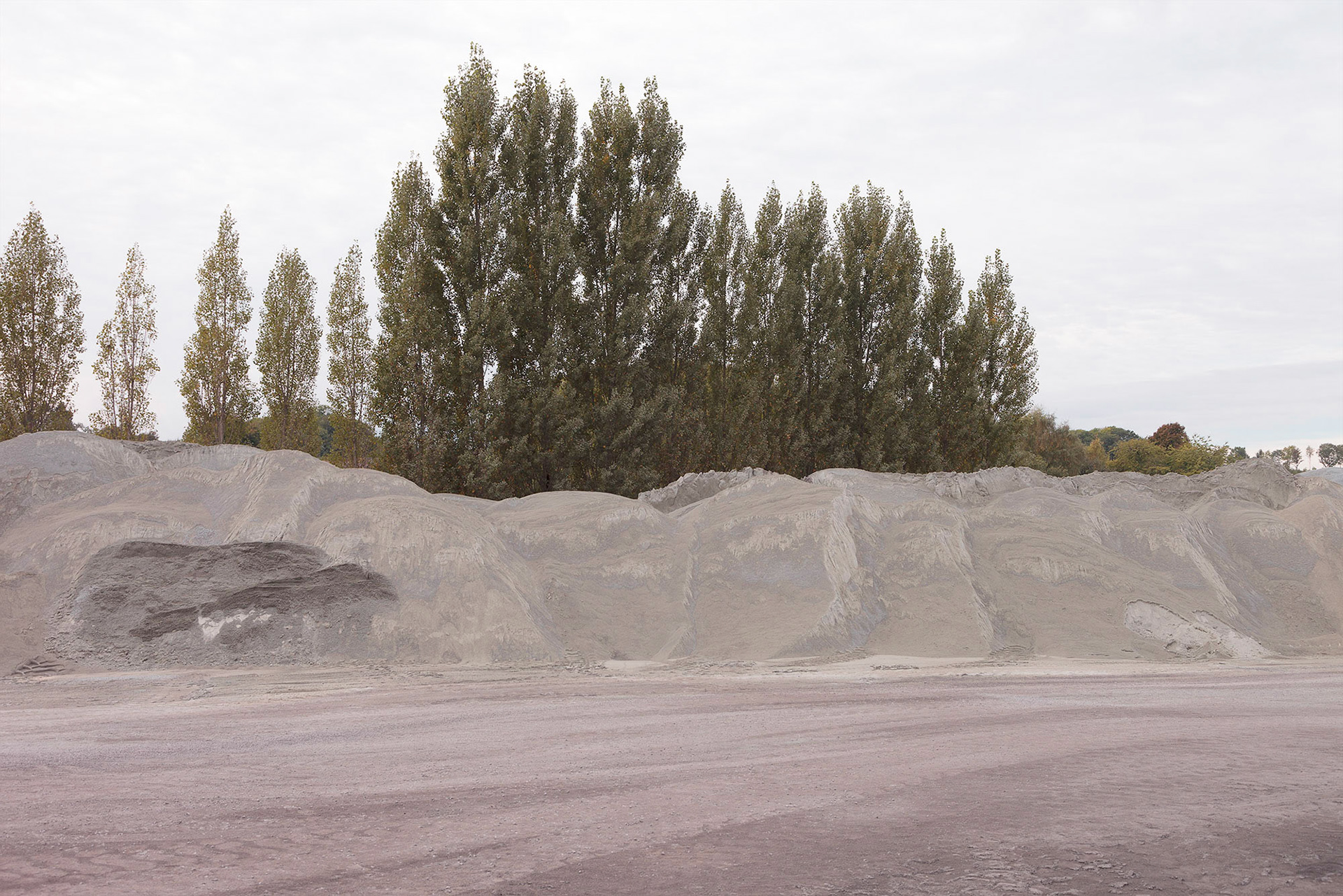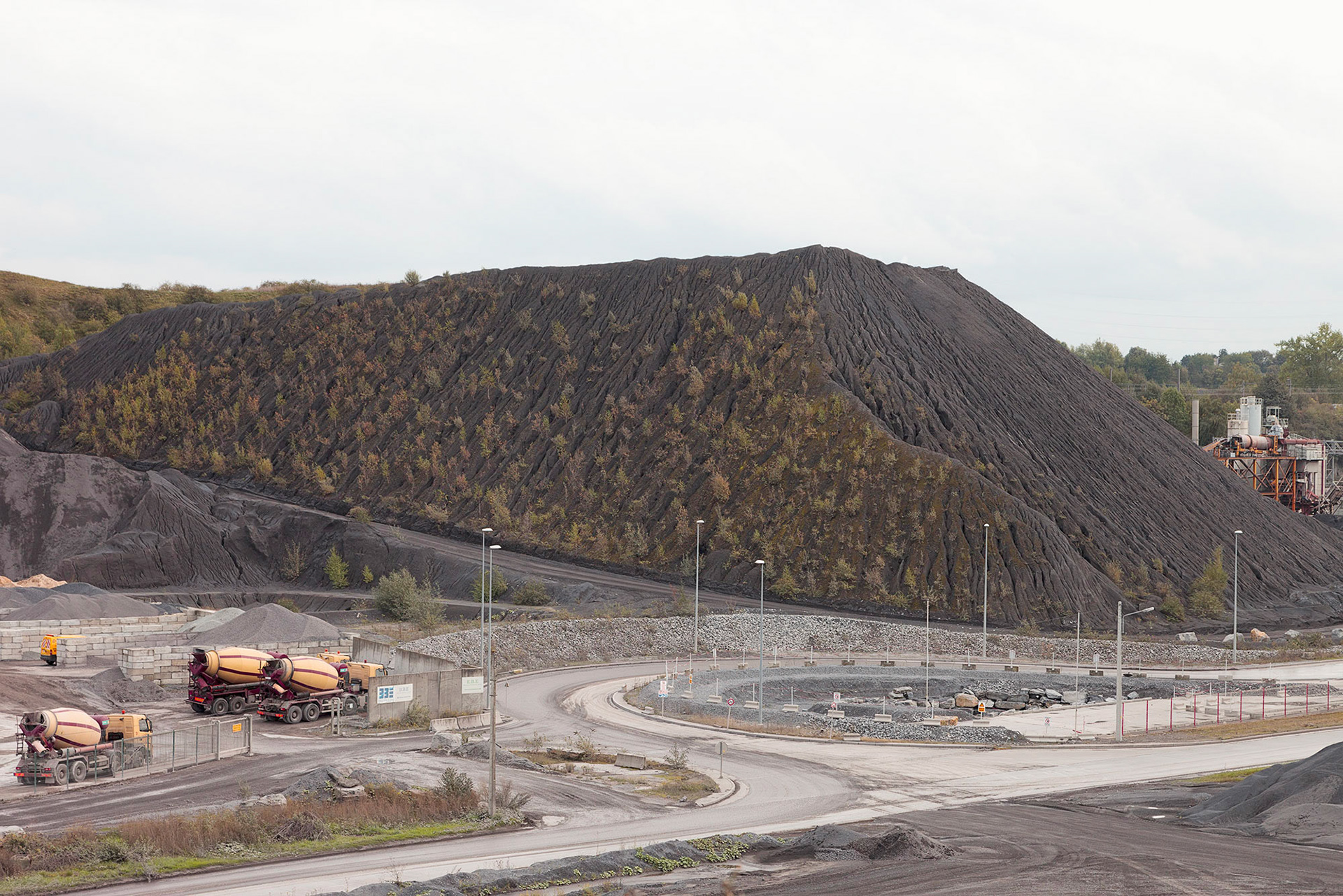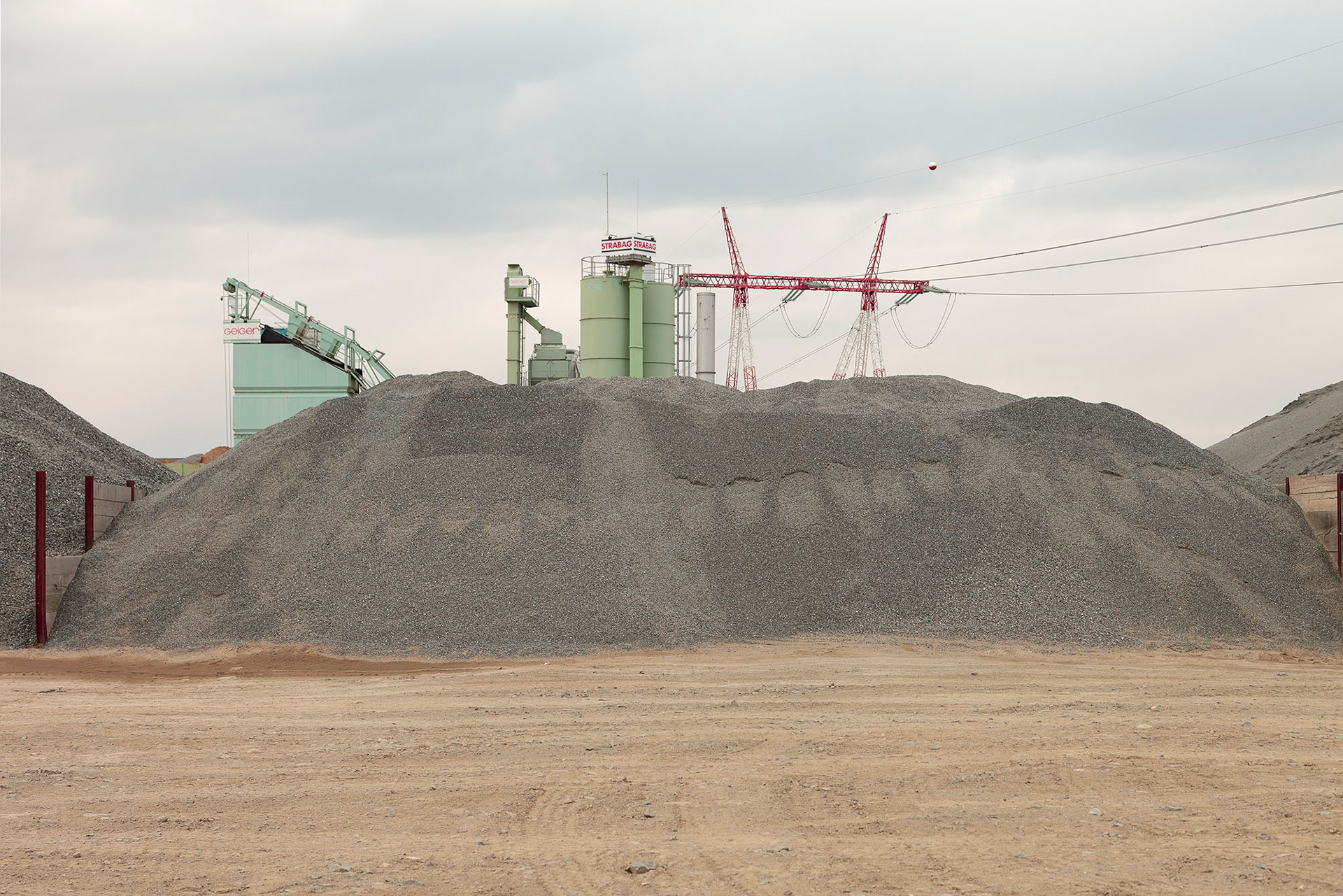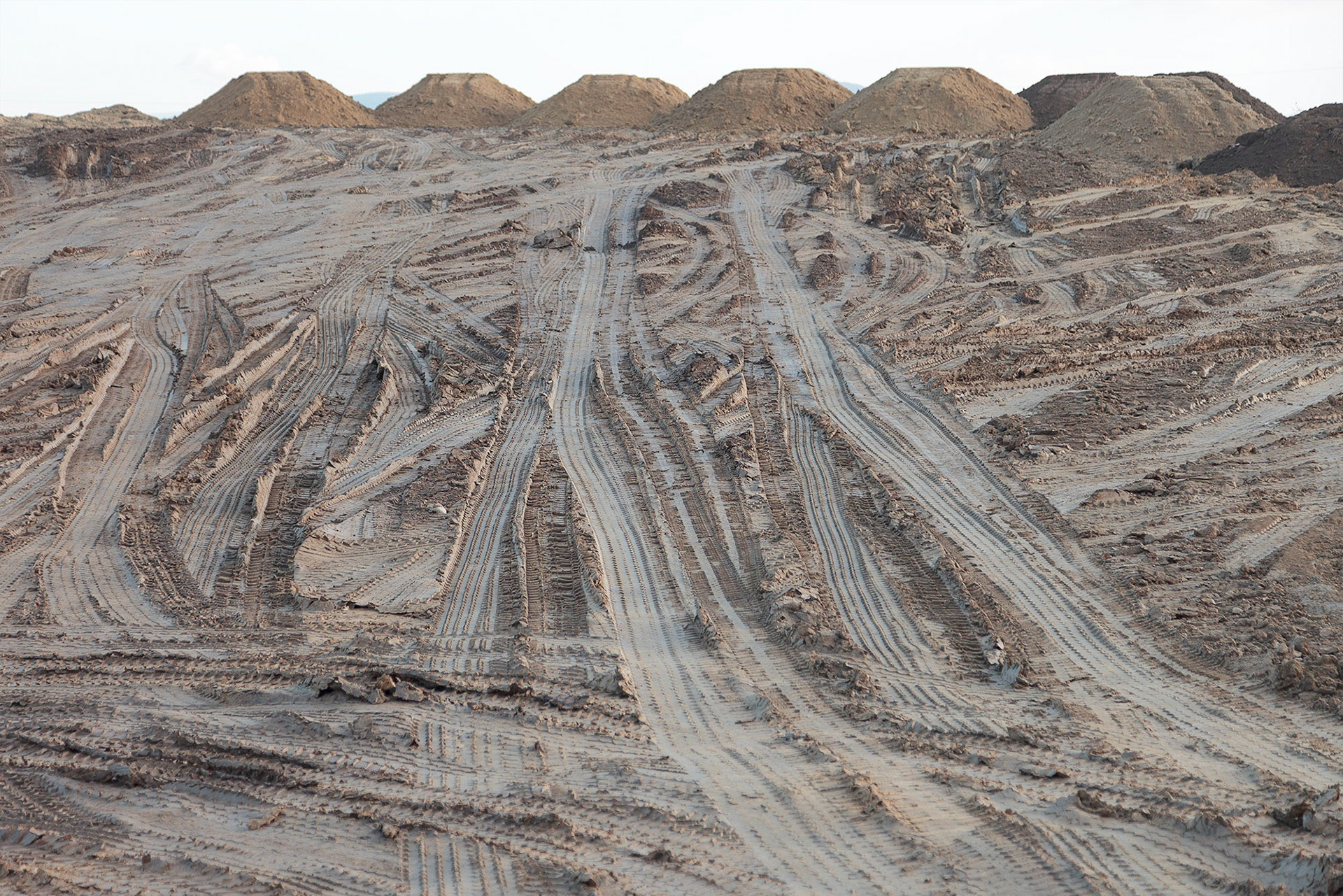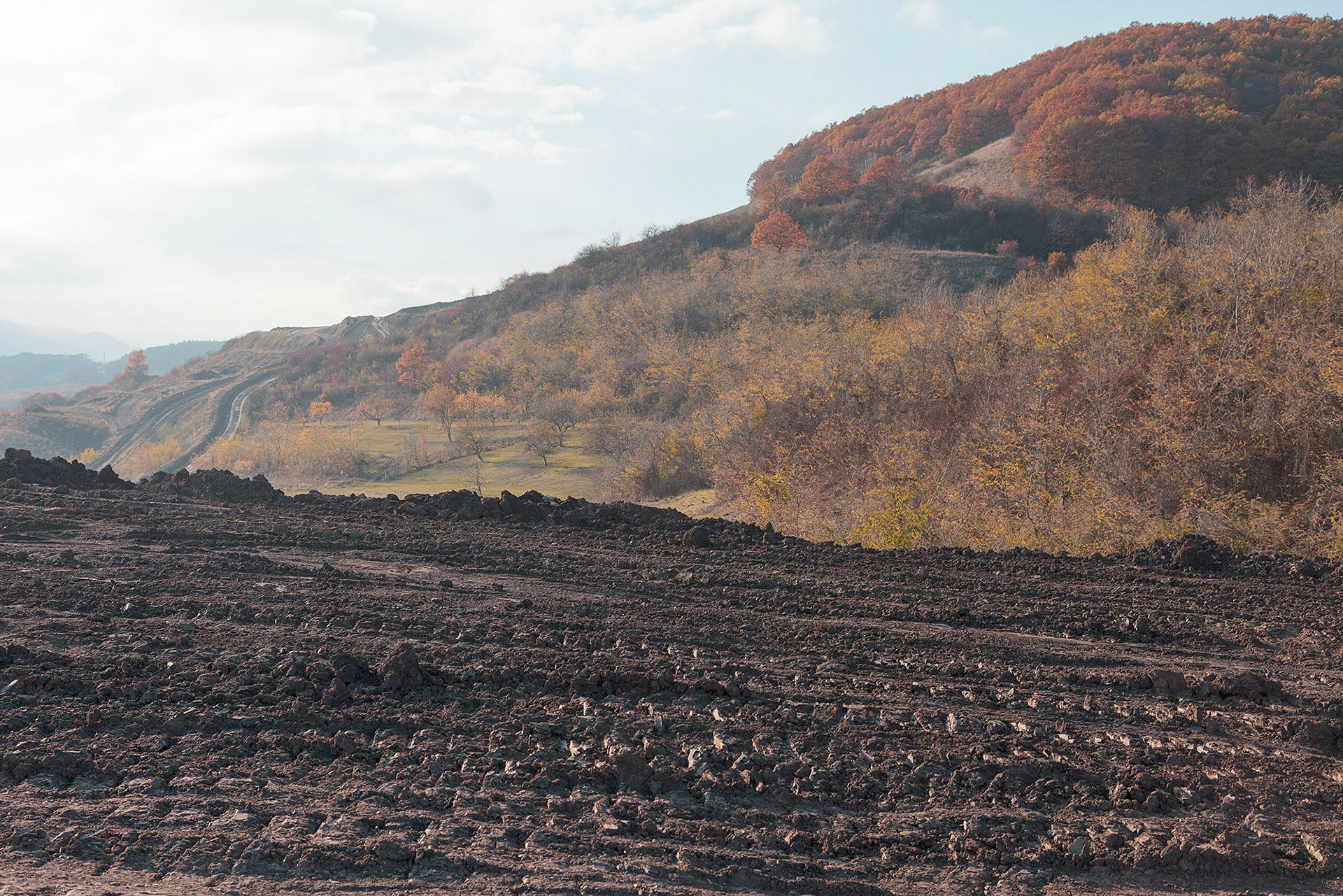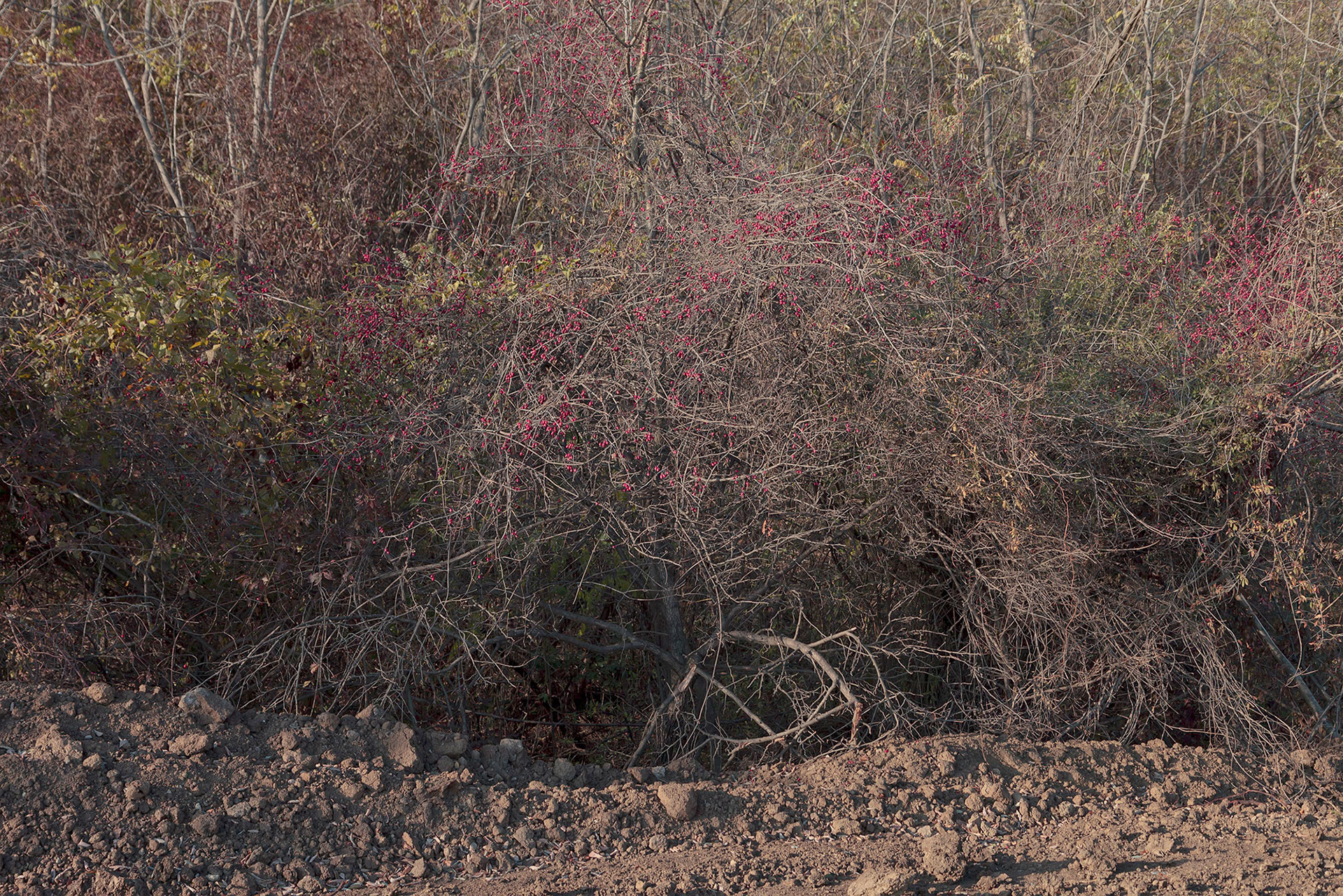The main concern within this project is the transformation of the landscape seen as an indicator of the society’s stage if understanding the environment, as Denis E. Cosgrove points out “We cannot know nature outside the historical circumstances in which we find ourselves”.
Following the New Topographics approach, reviving the interest for this once minor art subject, the landscape, with a non-judgmental view on whether shaping the landscape is bad or good, I had set myself as an observer. Once landscape use to be called land-ship, a mutual shaping of people and place and I see this place as the unfolding process of society writing its autobiography. Working on the project, reading about landscape made clear to me that landscape is a concept, it begins to exist only if it is observed, looked at, the presence of an observer thus being necessary in order for it to exist.
The sizes, the aesthetic qualities of the shapes, of the structures, the colours the artificial qualities of these places struck me as almost land art works without an author (to use Pirandello way of saying). When thinking about photography, the ready made aspect it is probably one of its most prominent intrinsic qualities, and thus I think describing this places as a Ready-Made, available to photograph, Land Art as an appropriate way.
Photographing and trying to control the aesthetic qualities of these places and of my photographs, I felt uncomfortable and I had an inner ethical conflict of sorts as I felt as almost loosing the non-judgemental, the distant approach but I found what Reyner Banham said in „Landscape and the West – Irony and Critique in New Topographic Photography“, as a valid and a suitable statement for my project too: the “irony is that this beauty is itself a product of careless human ambition”.
Following the New Topographics approach, reviving the interest for this once minor art subject, the landscape, with a non-judgmental view on whether shaping the landscape is bad or good, I had set myself as an observer. Once landscape use to be called land-ship, a mutual shaping of people and place and I see this place as the unfolding process of society writing its autobiography. Working on the project, reading about landscape made clear to me that landscape is a concept, it begins to exist only if it is observed, looked at, the presence of an observer thus being necessary in order for it to exist.
The sizes, the aesthetic qualities of the shapes, of the structures, the colours the artificial qualities of these places struck me as almost land art works without an author (to use Pirandello way of saying). When thinking about photography, the ready made aspect it is probably one of its most prominent intrinsic qualities, and thus I think describing this places as a Ready-Made, available to photograph, Land Art as an appropriate way.
Photographing and trying to control the aesthetic qualities of these places and of my photographs, I felt uncomfortable and I had an inner ethical conflict of sorts as I felt as almost loosing the non-judgemental, the distant approach but I found what Reyner Banham said in „Landscape and the West – Irony and Critique in New Topographic Photography“, as a valid and a suitable statement for my project too: the “irony is that this beauty is itself a product of careless human ambition”.
